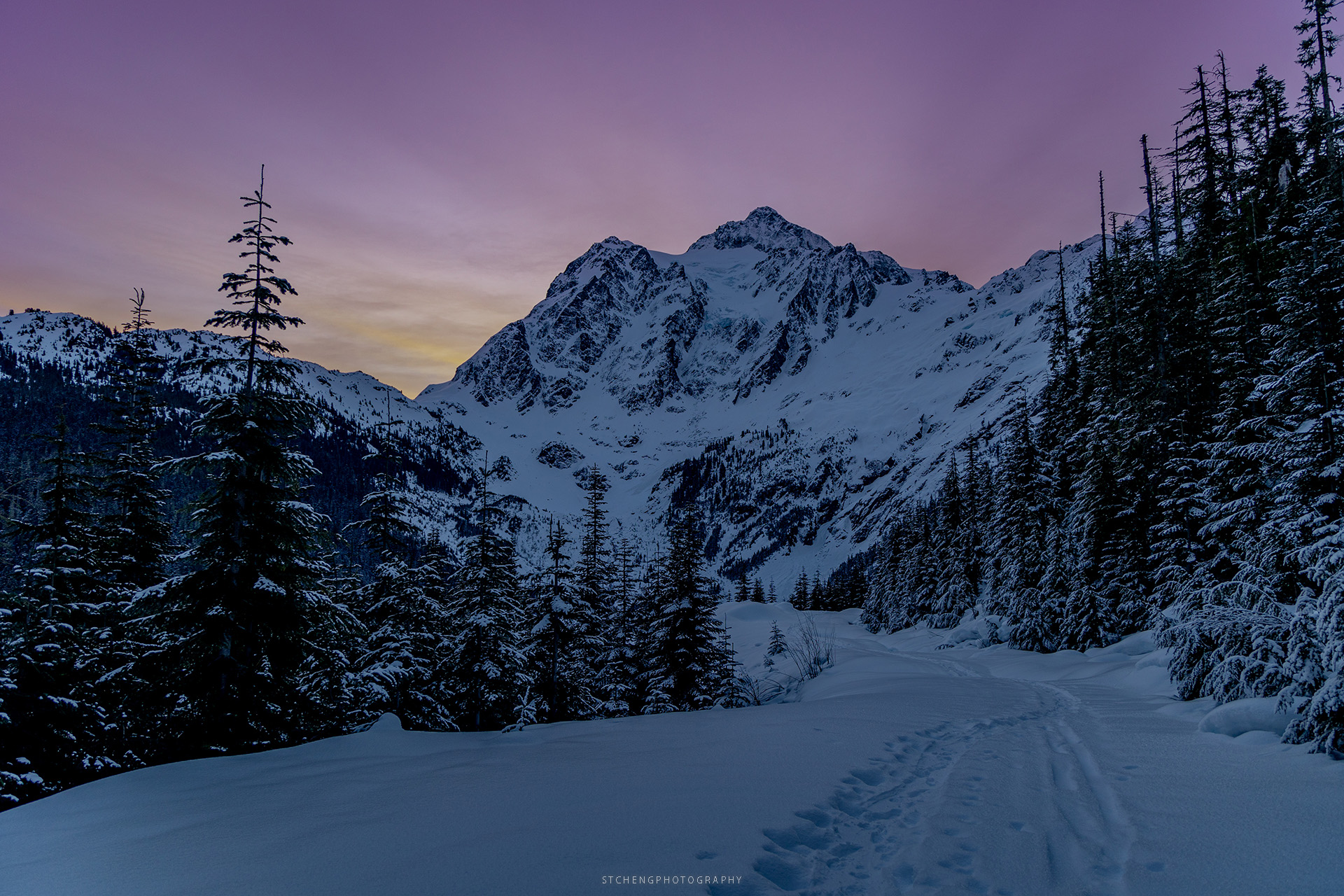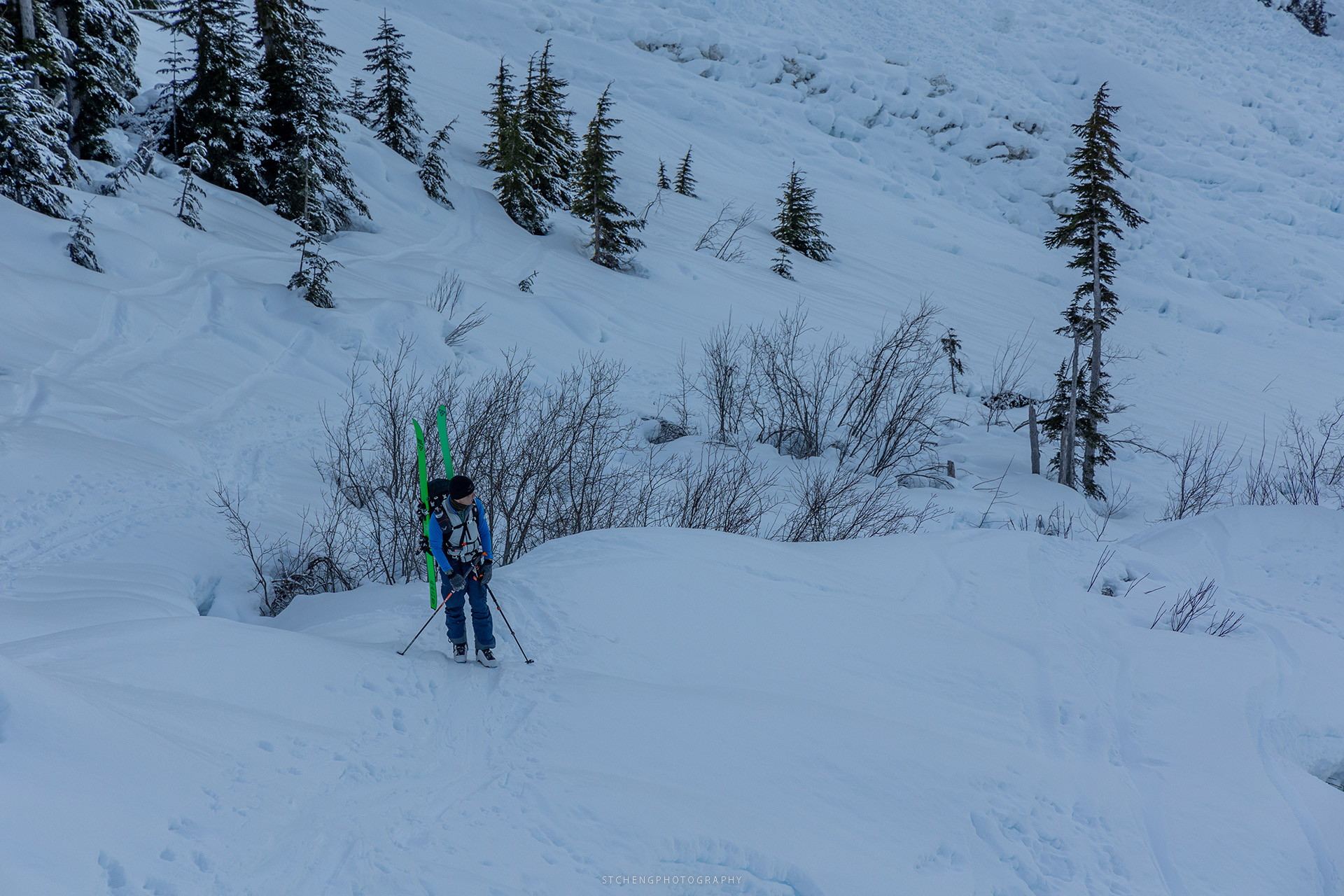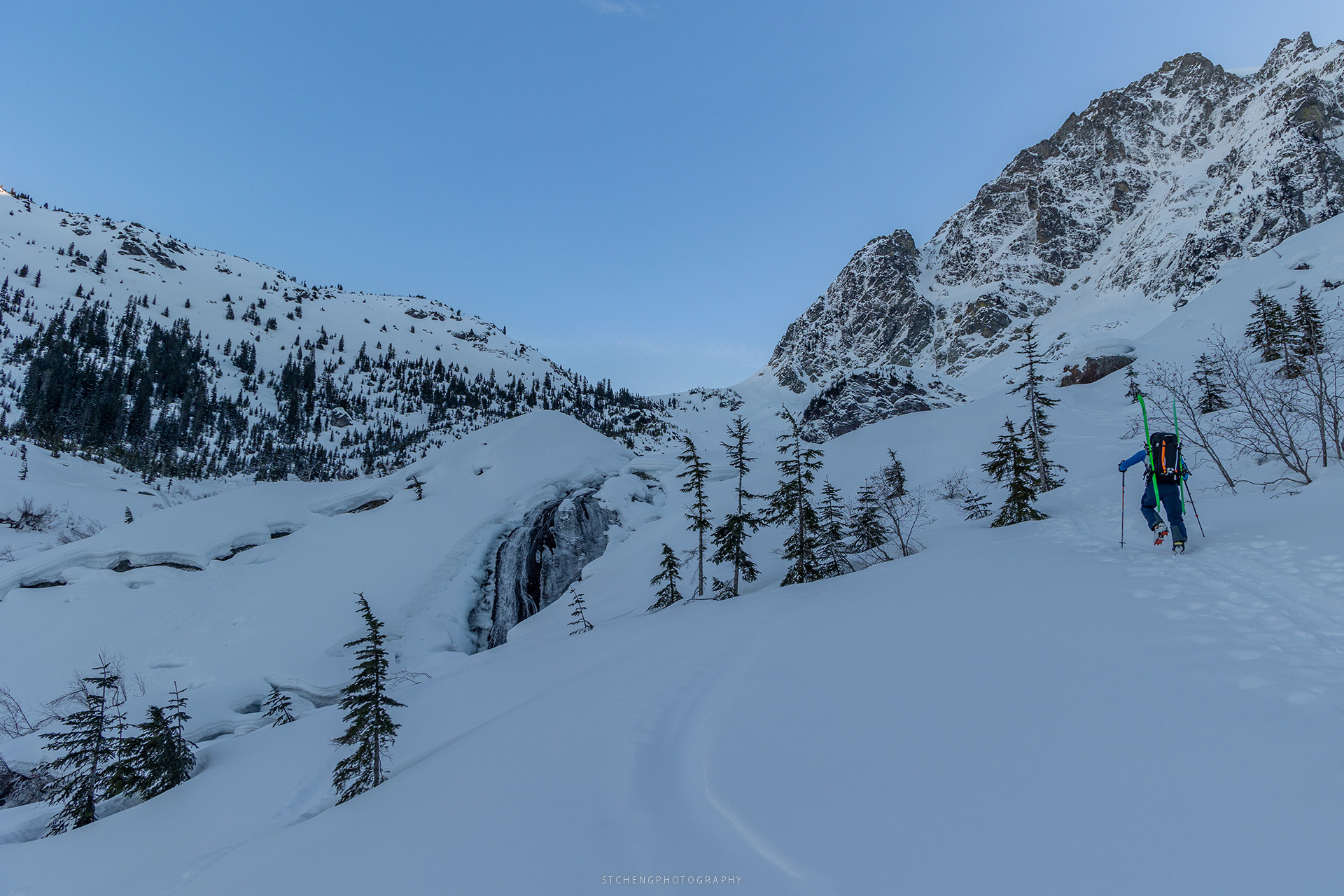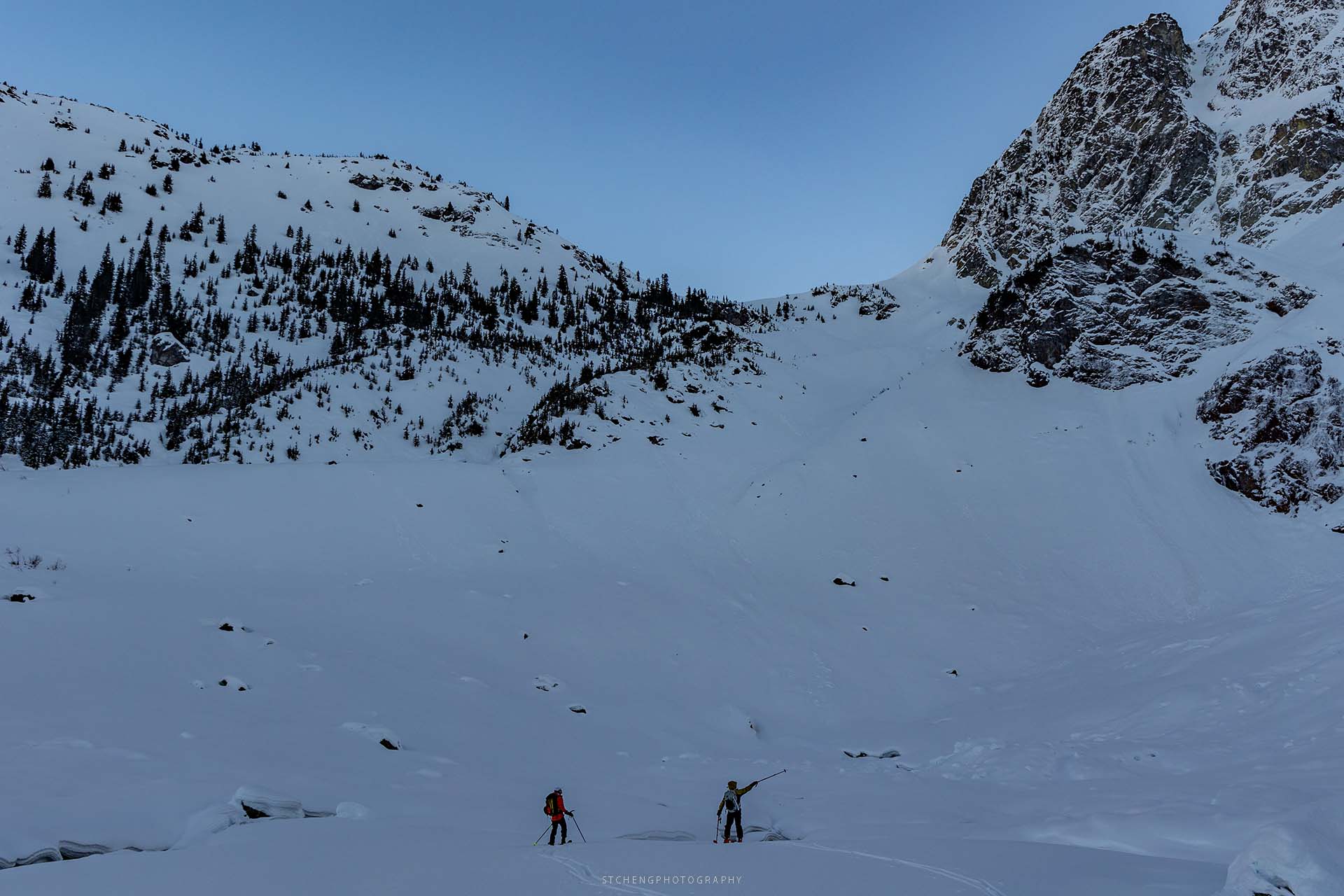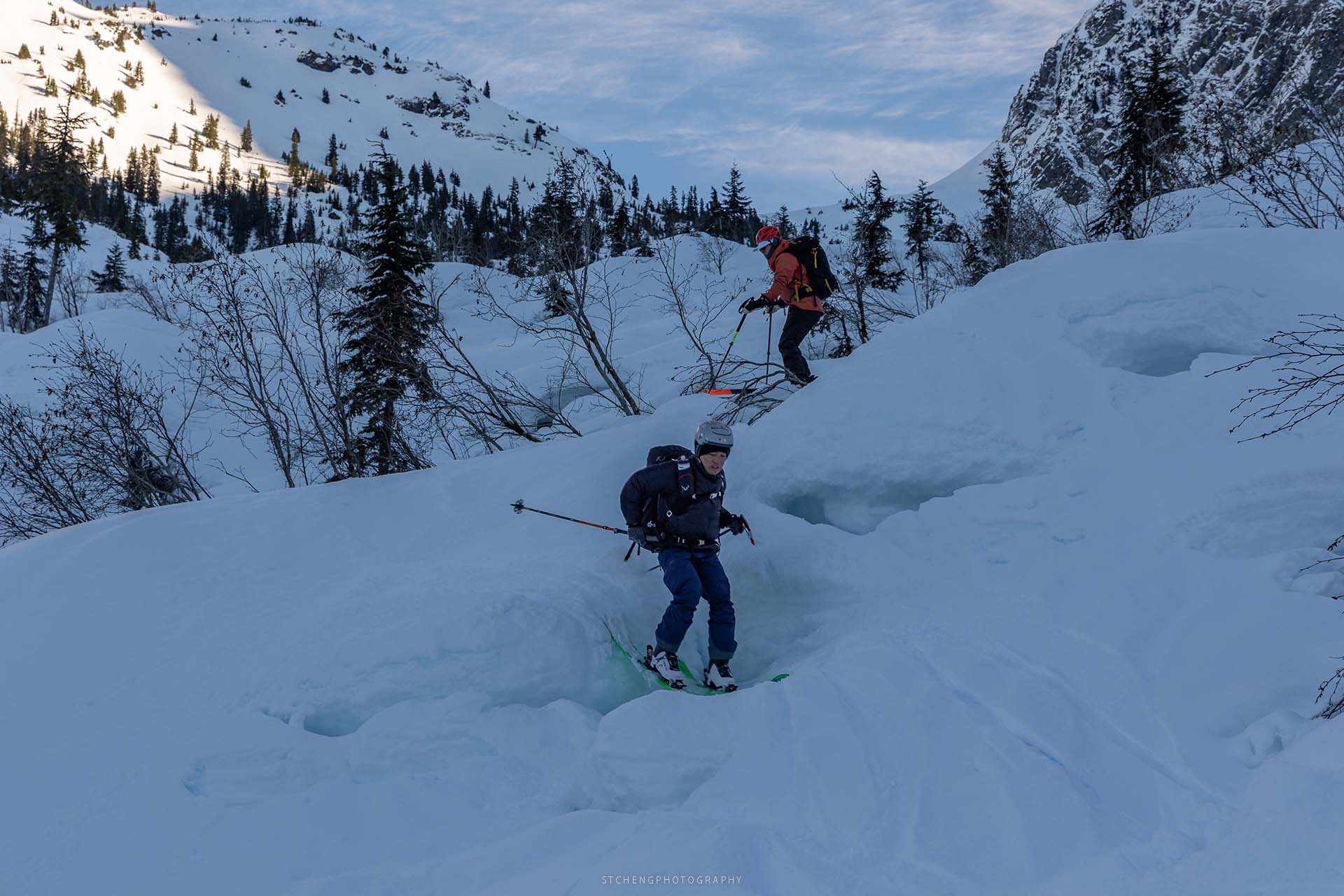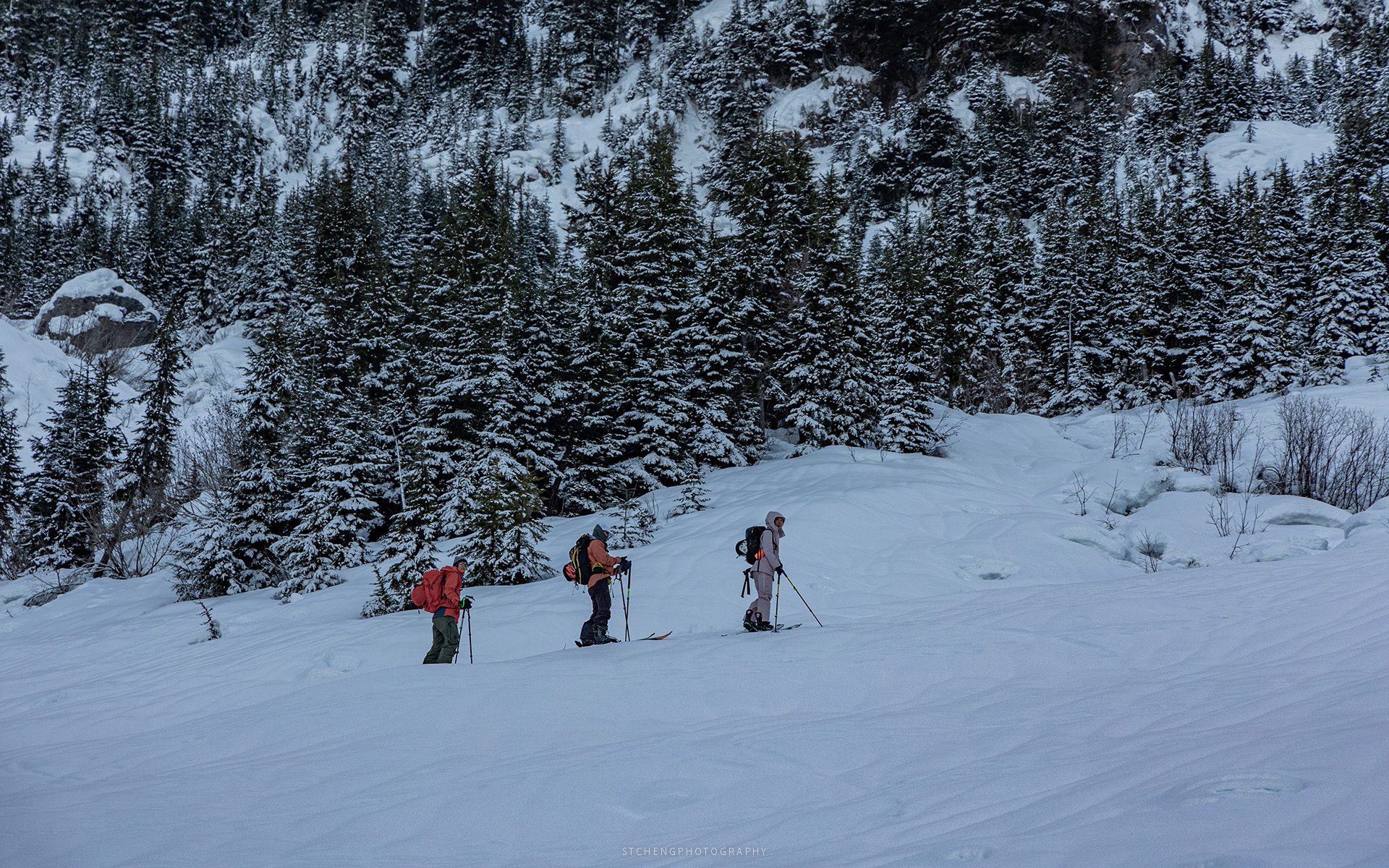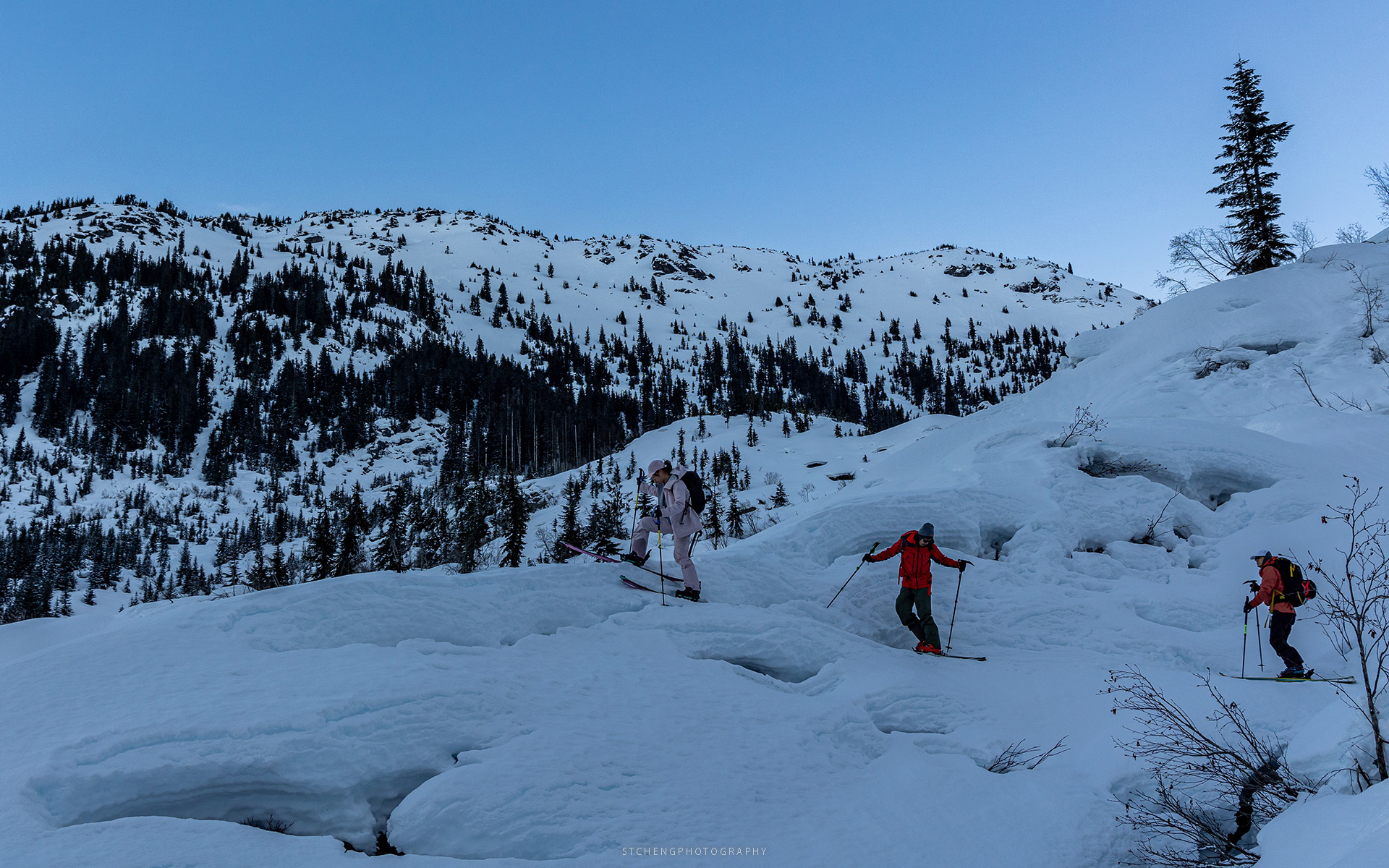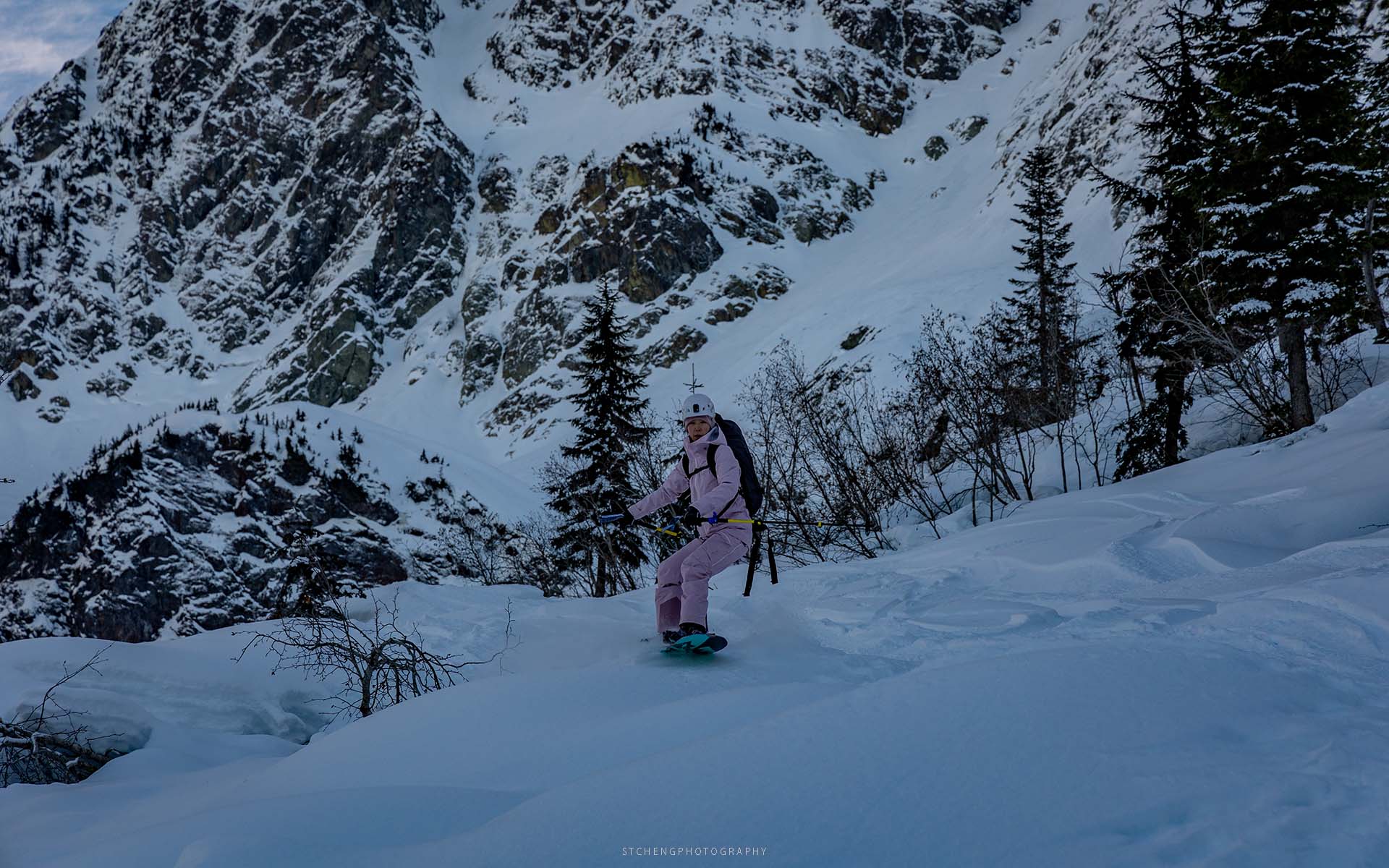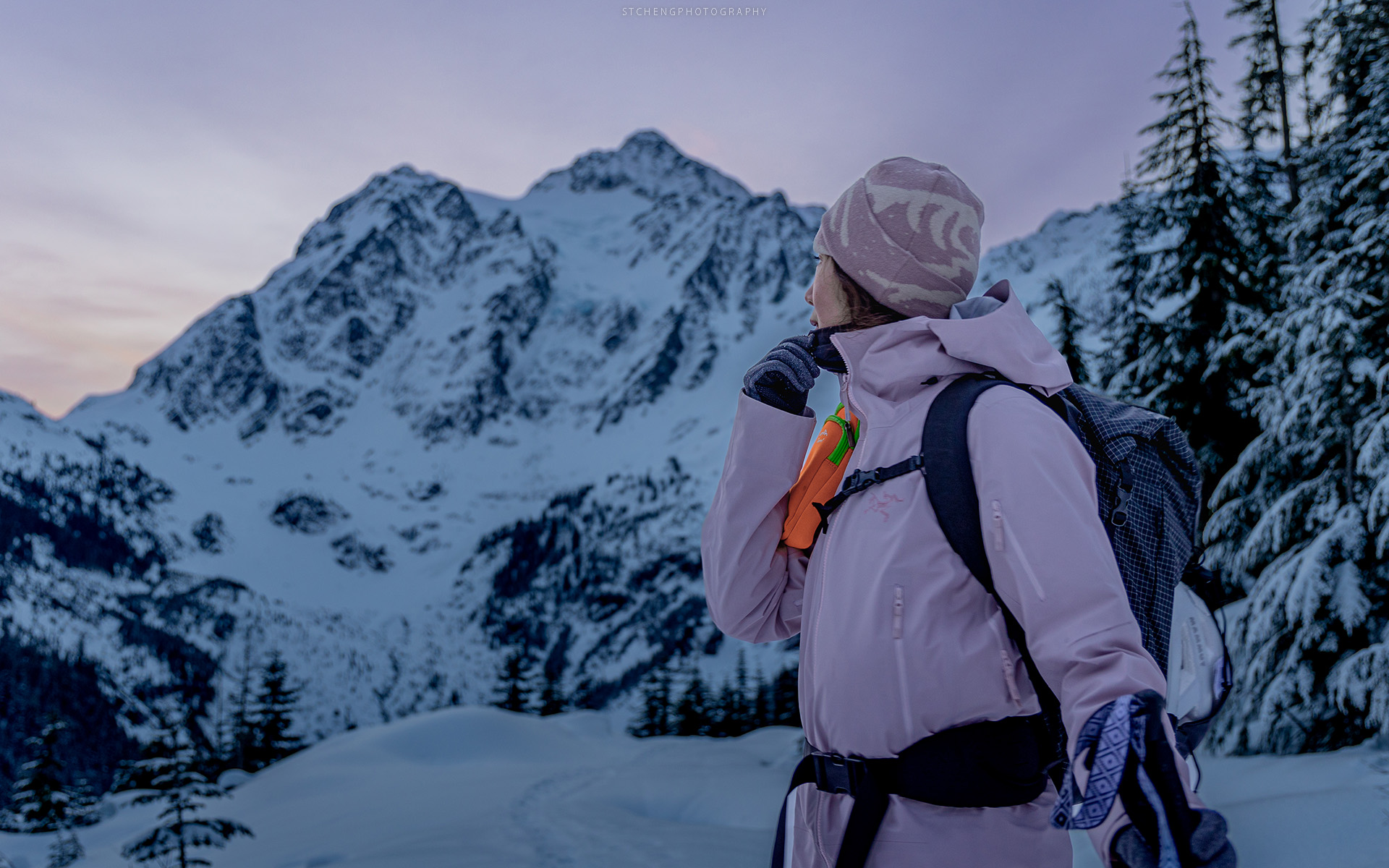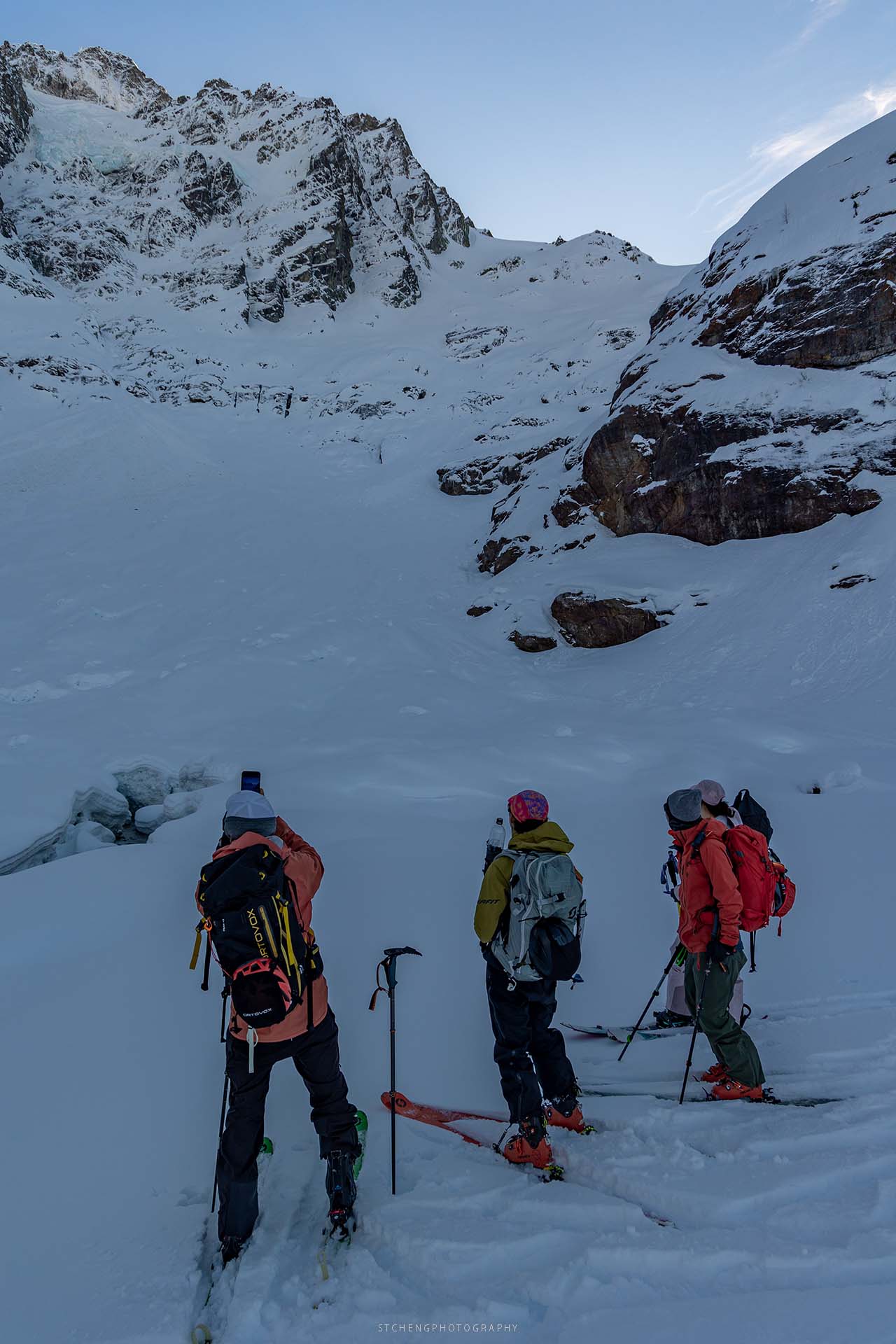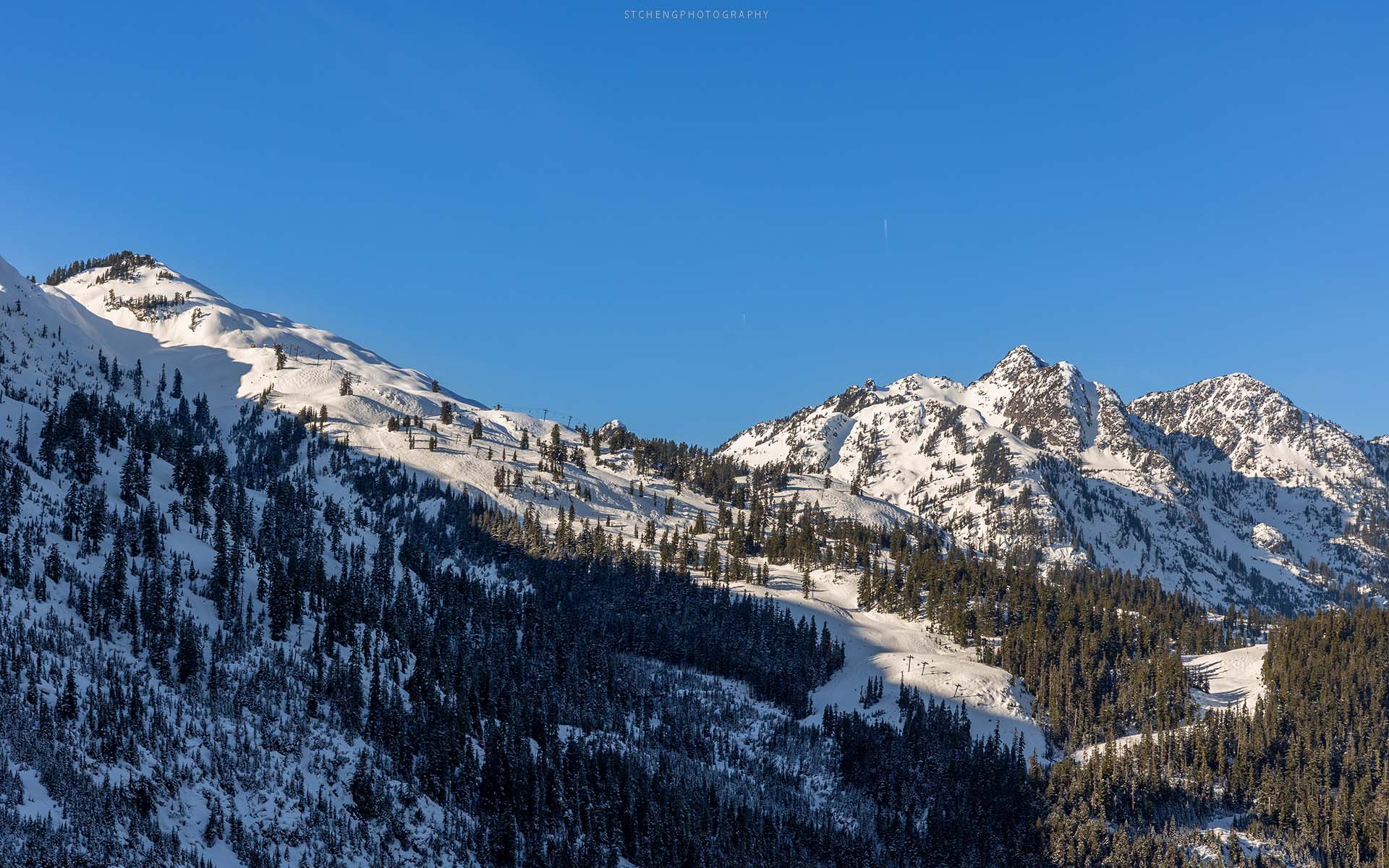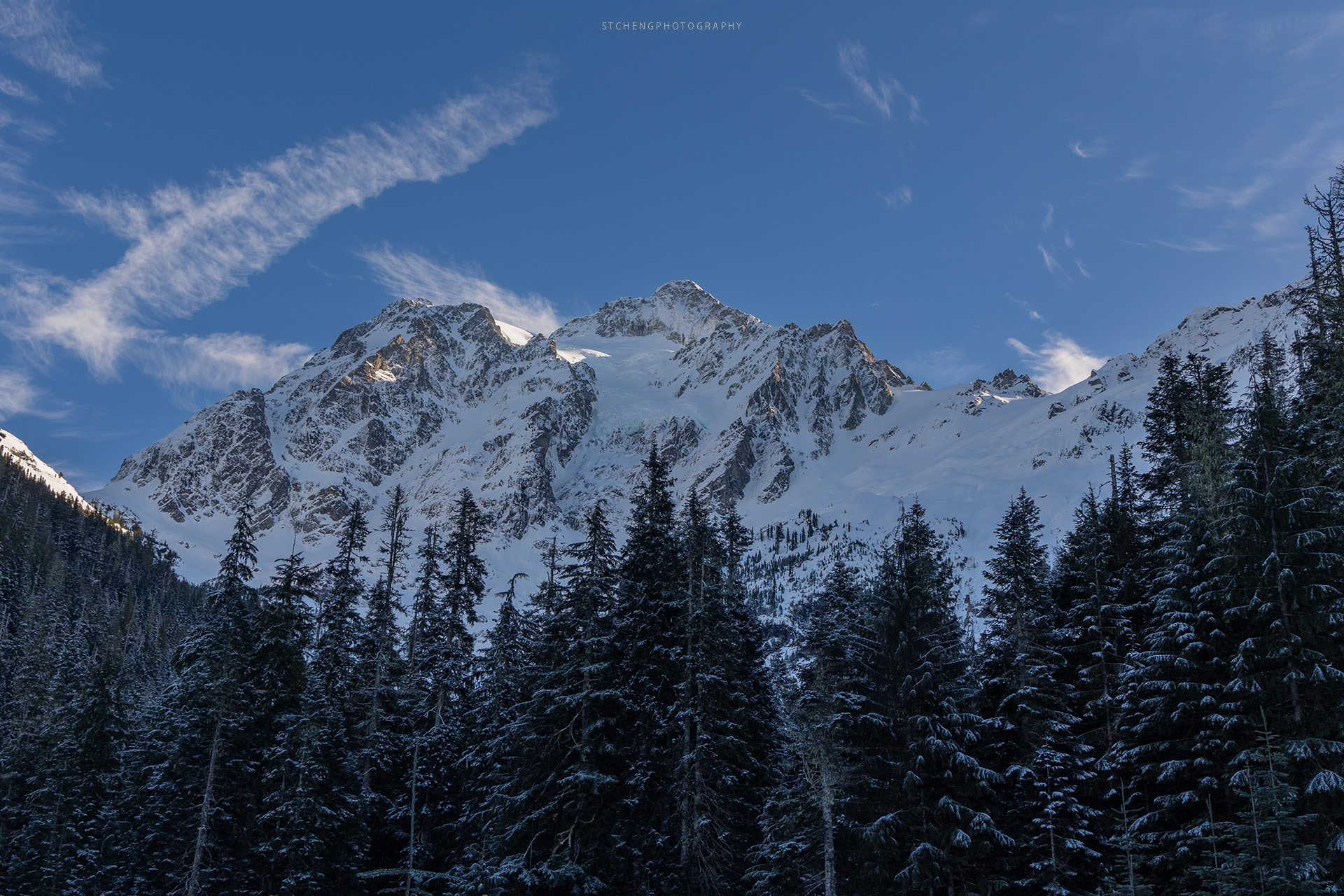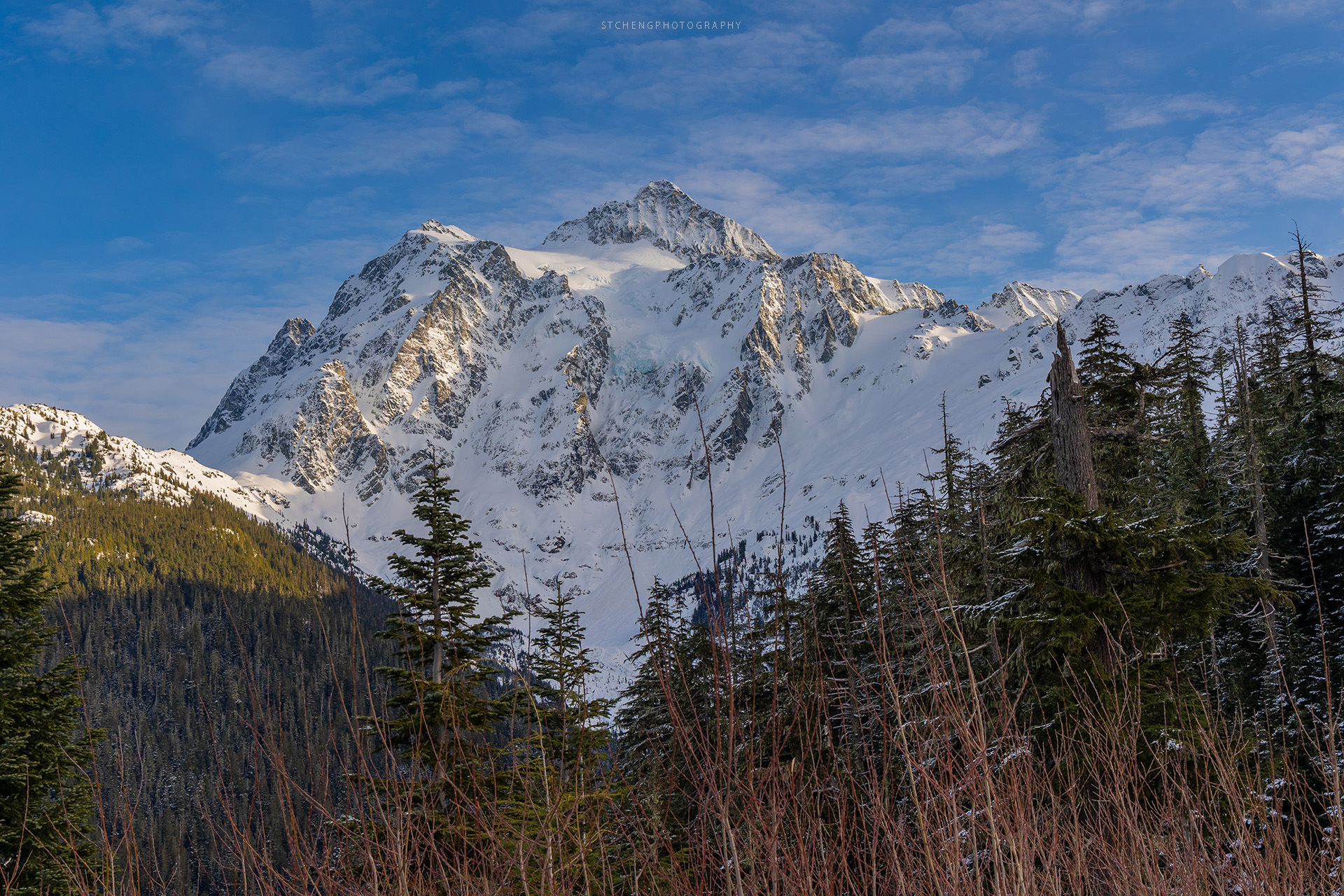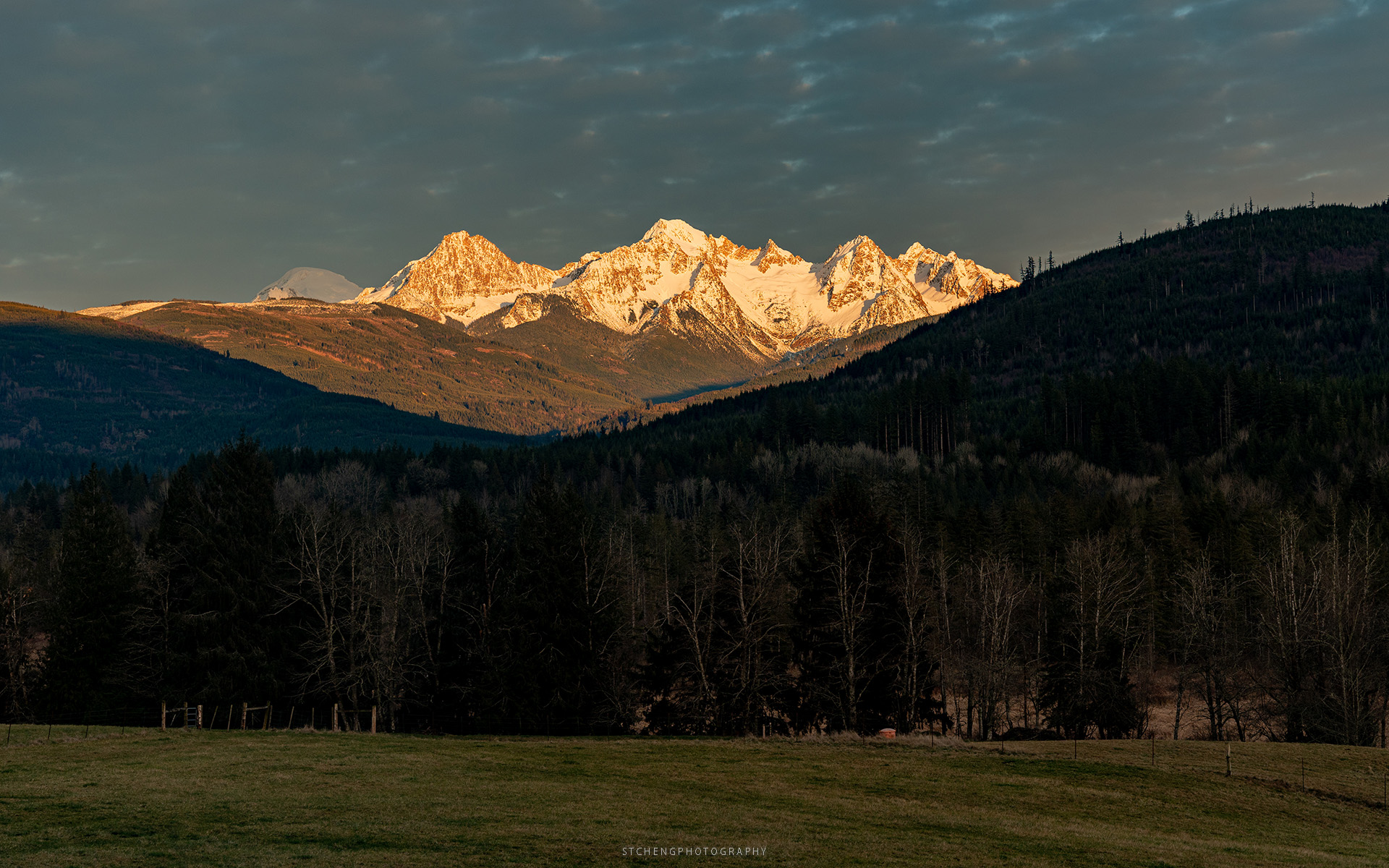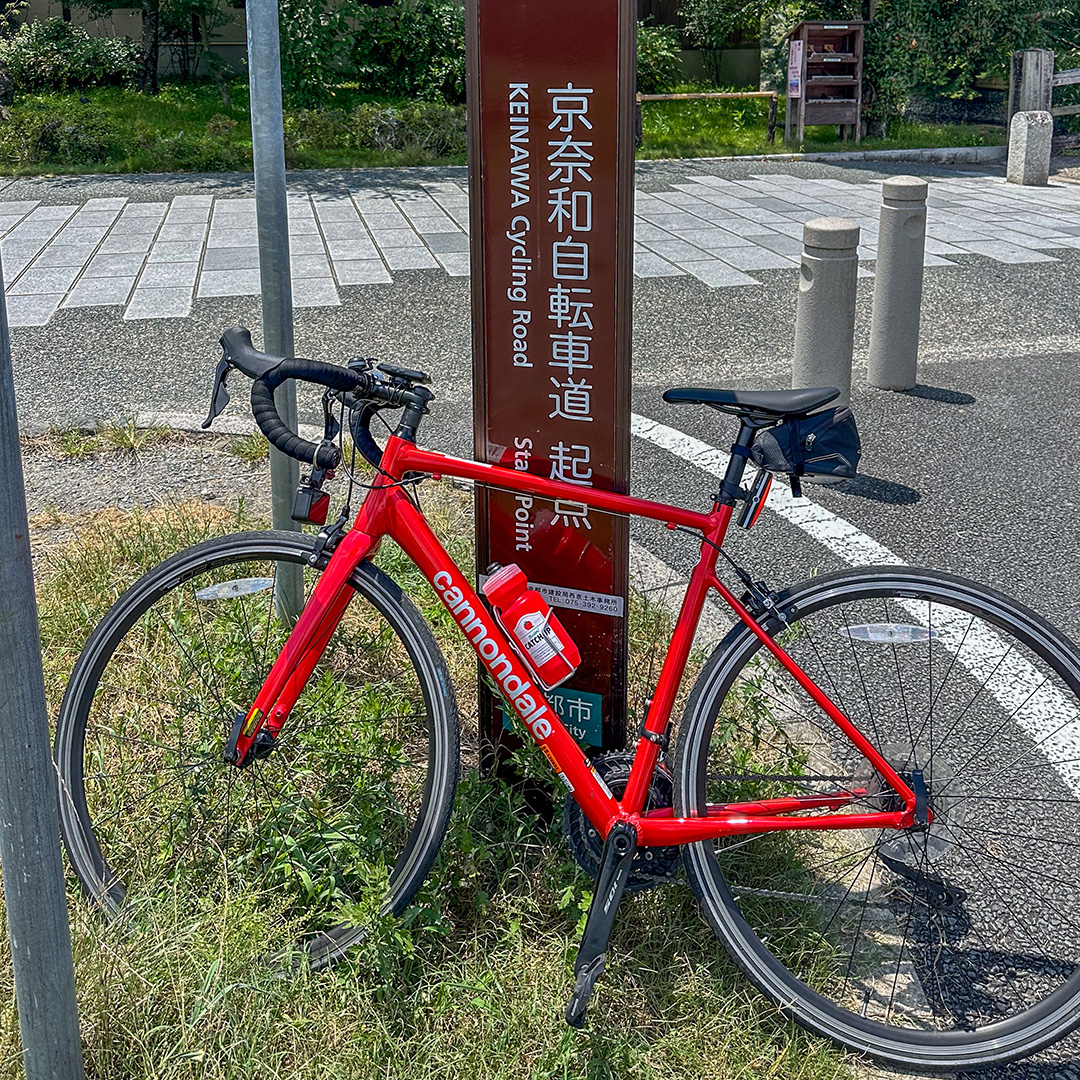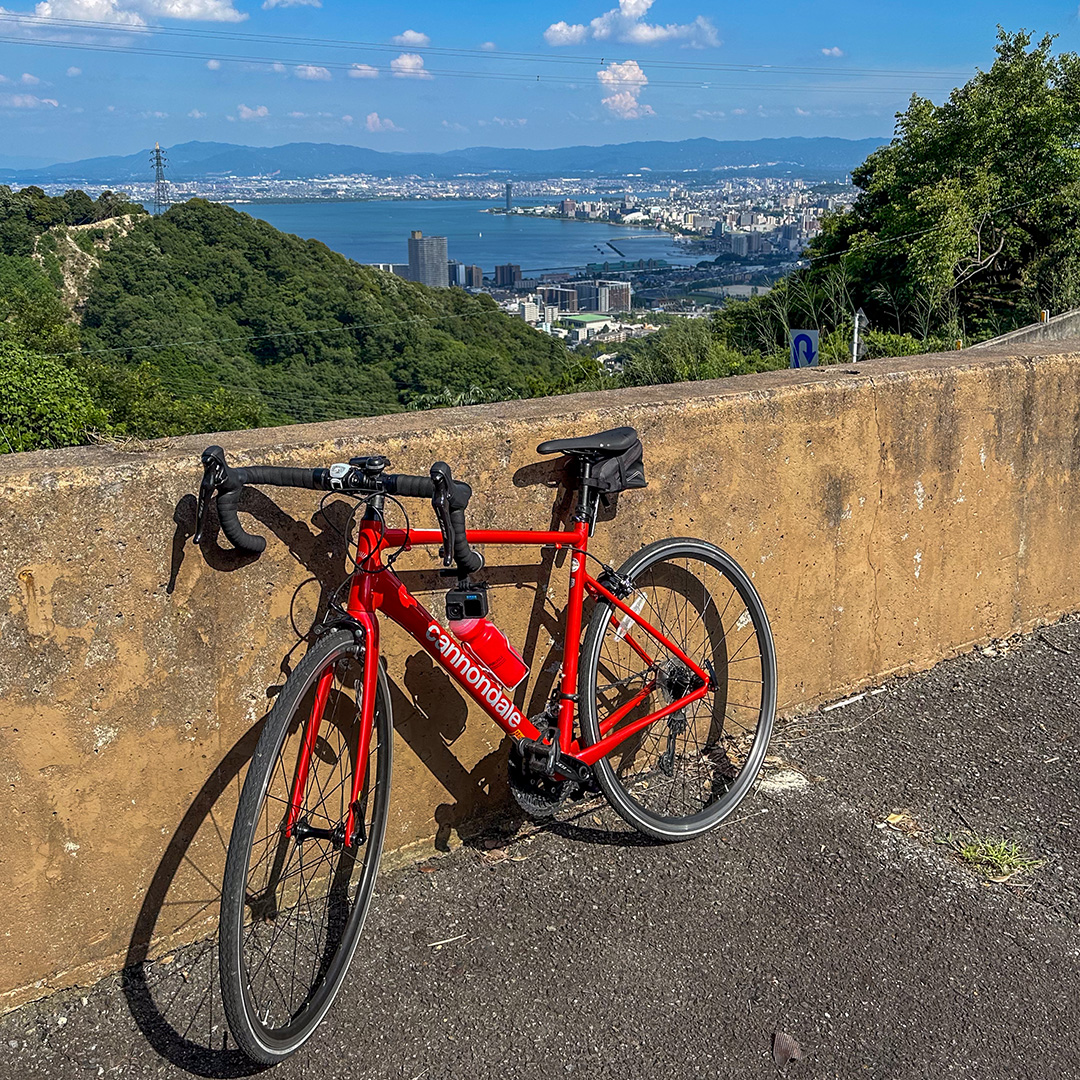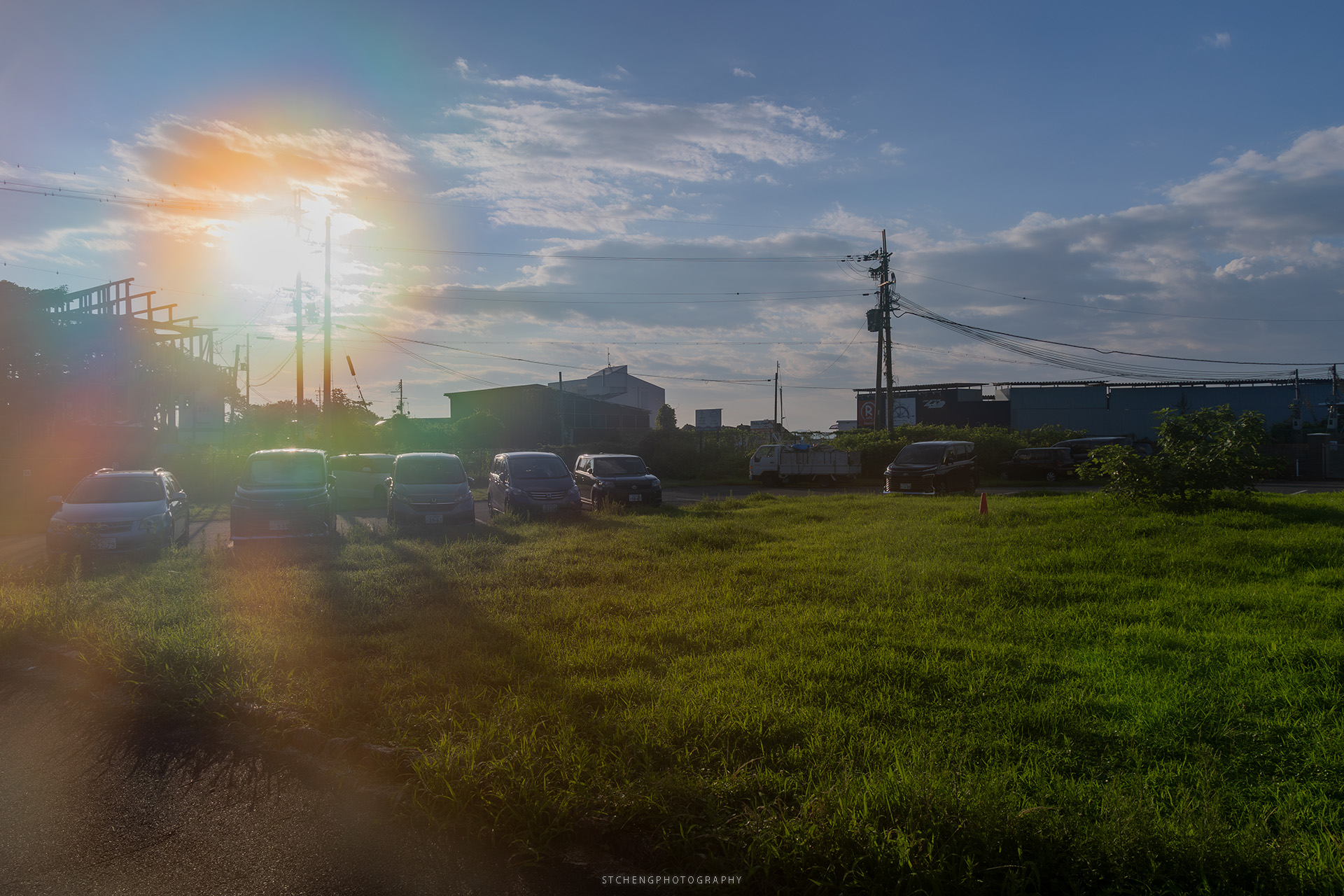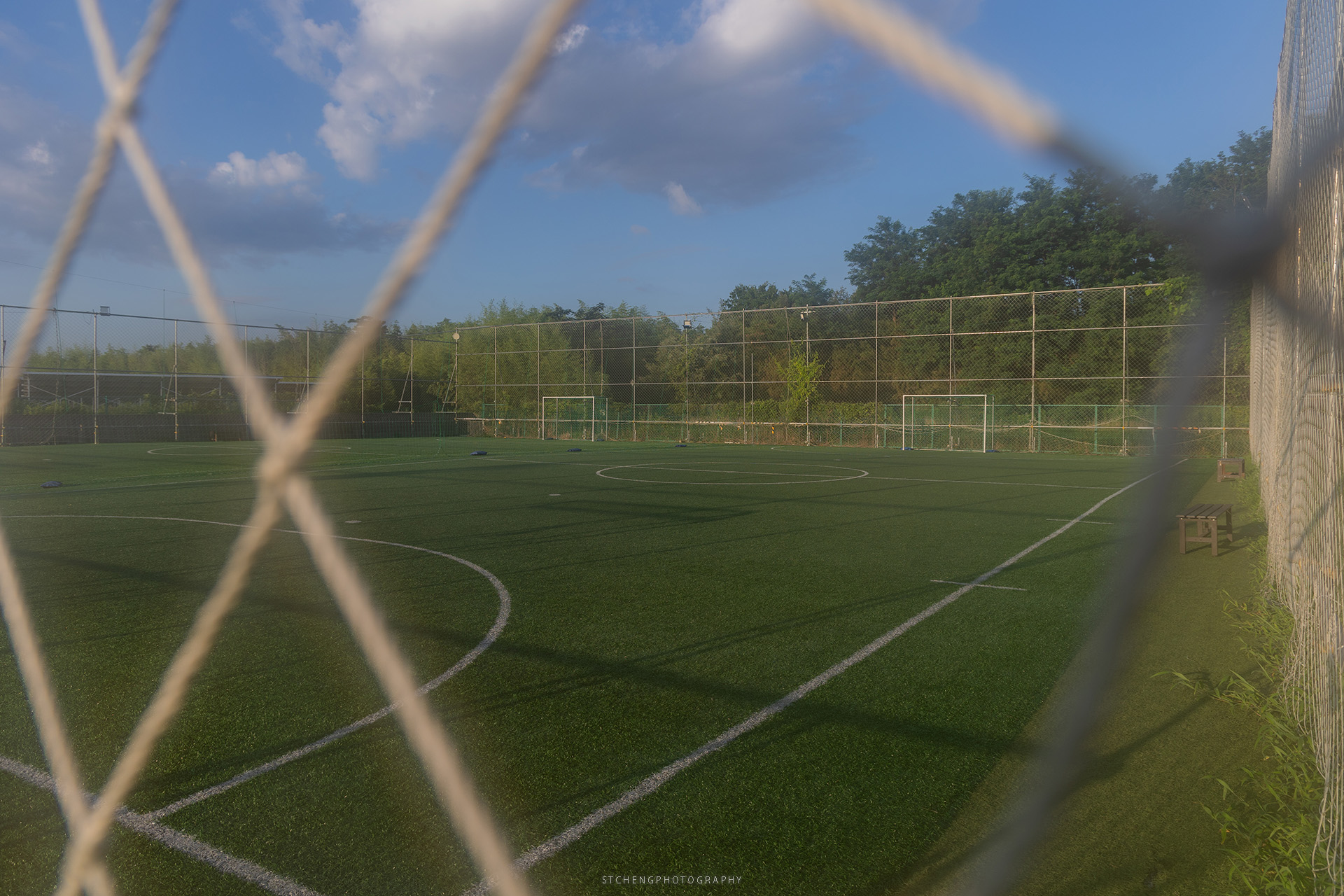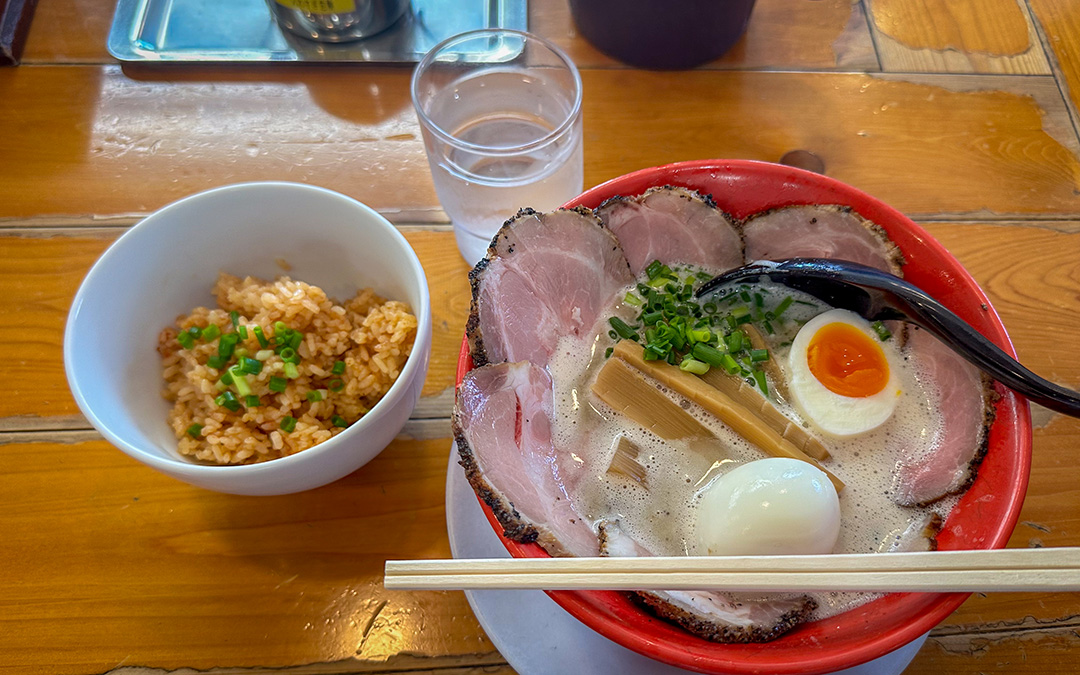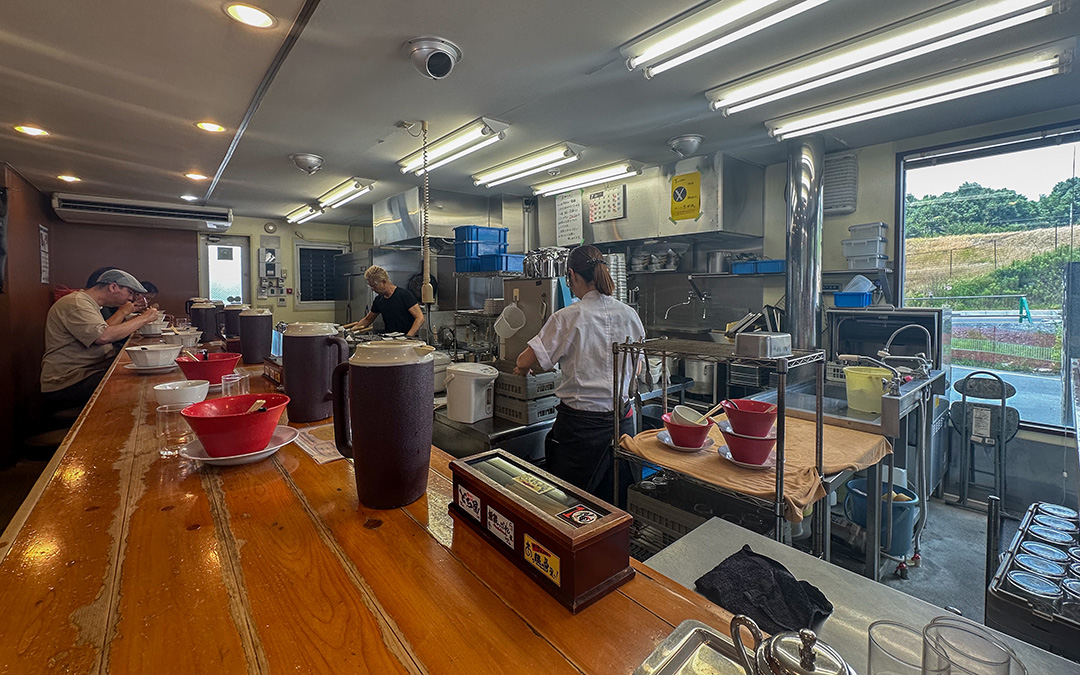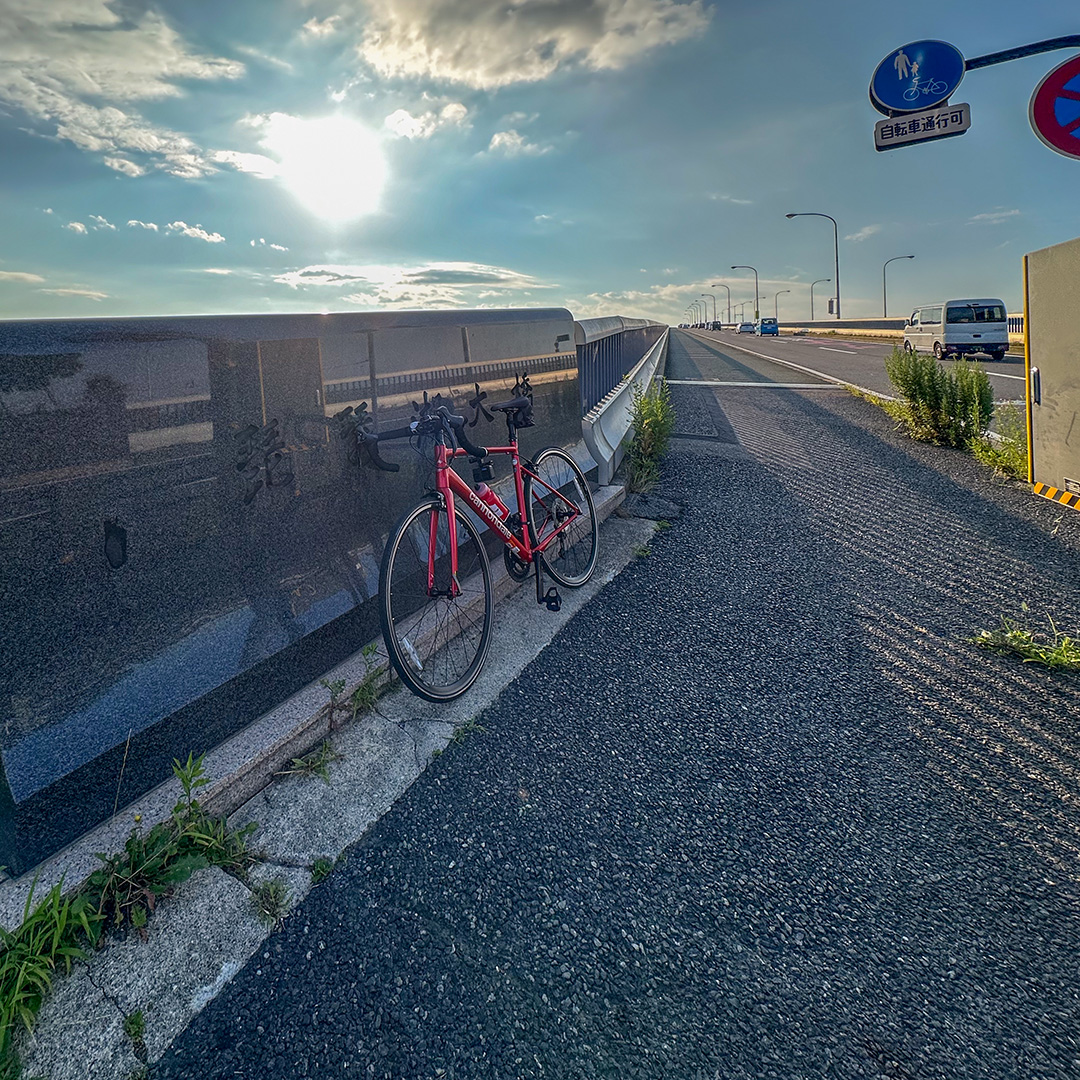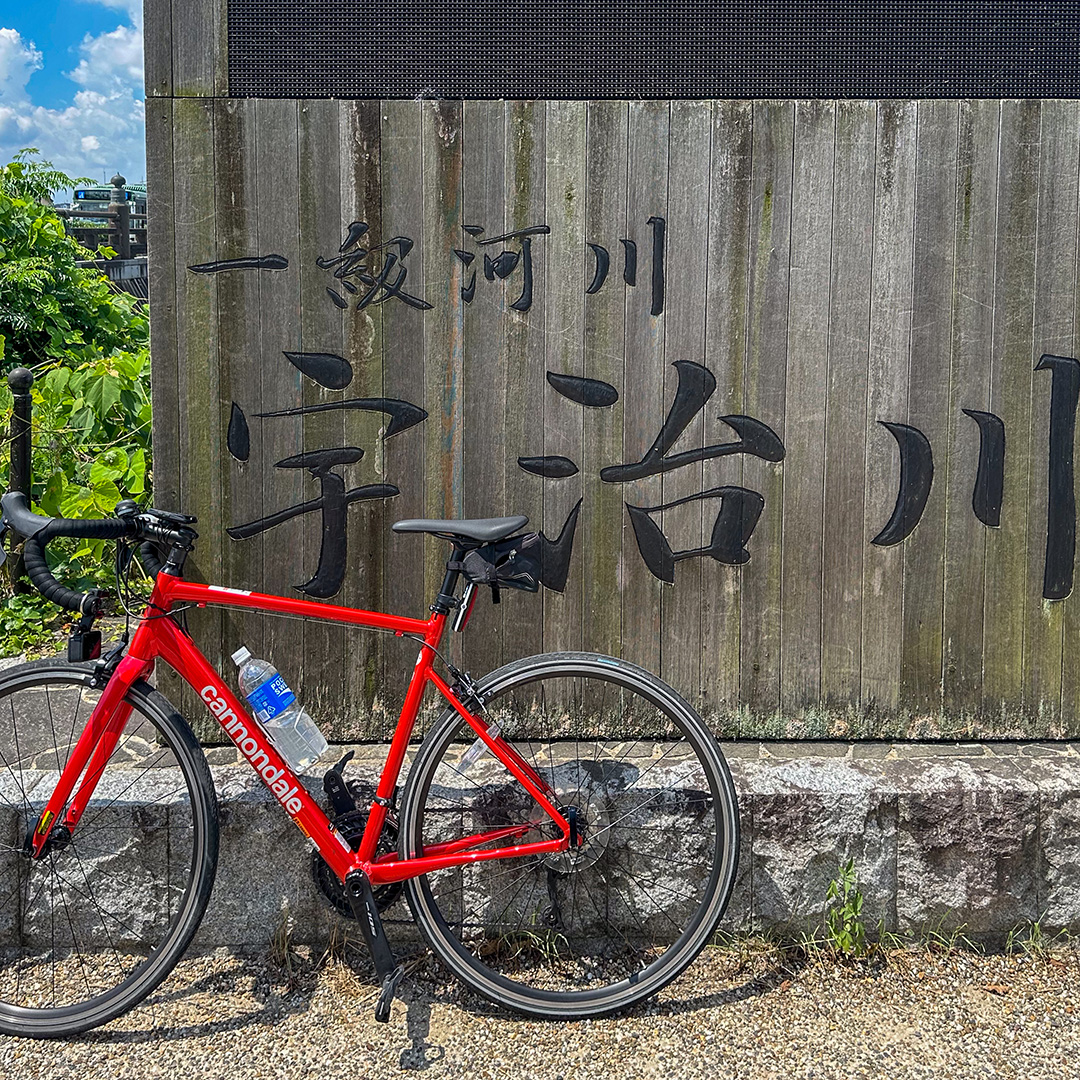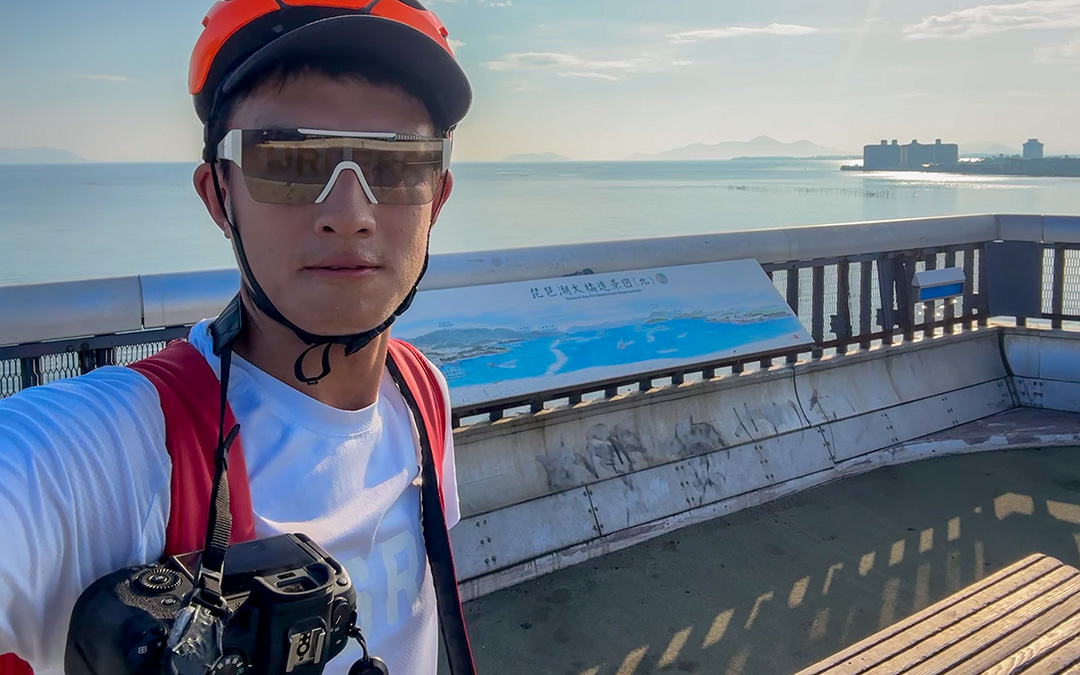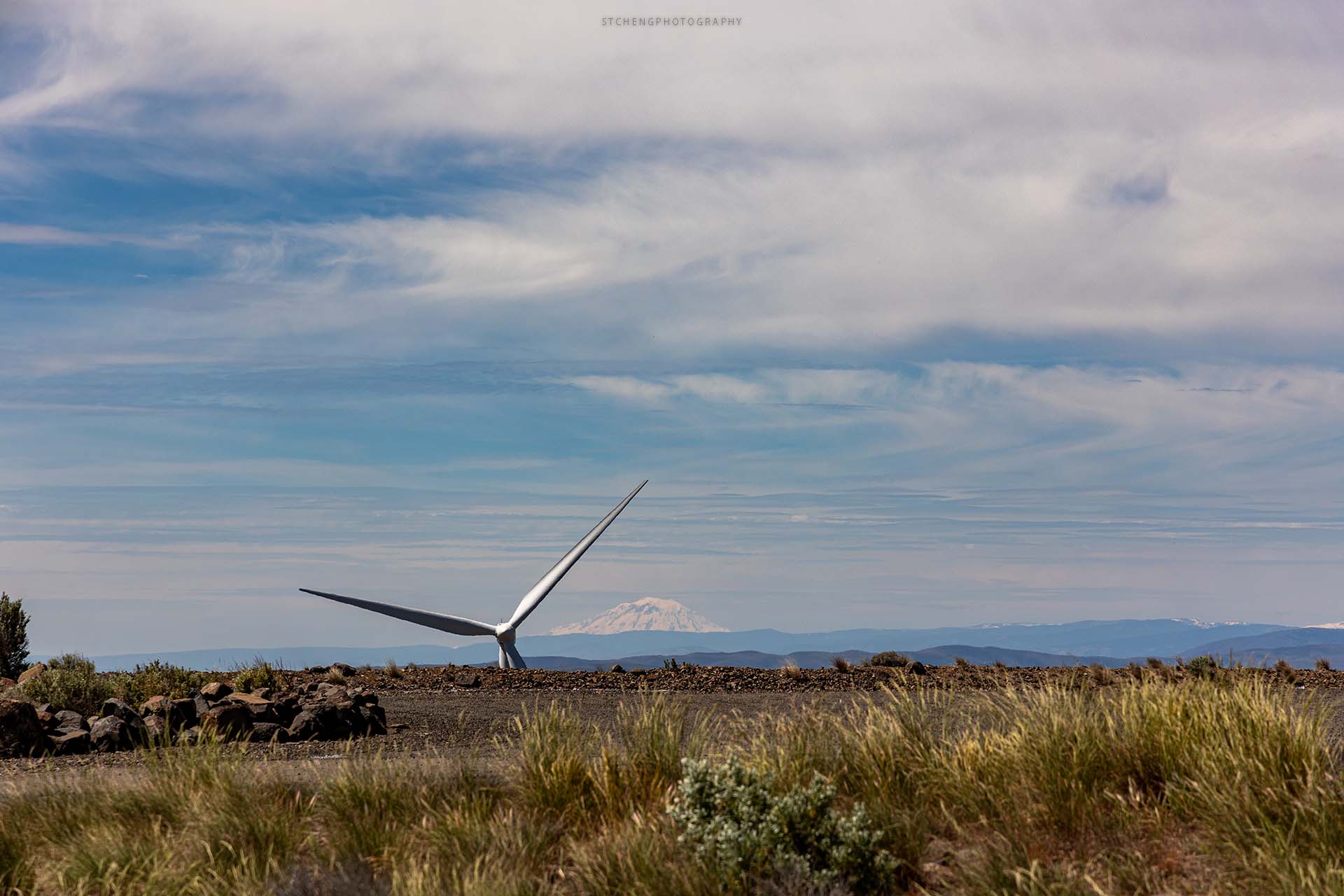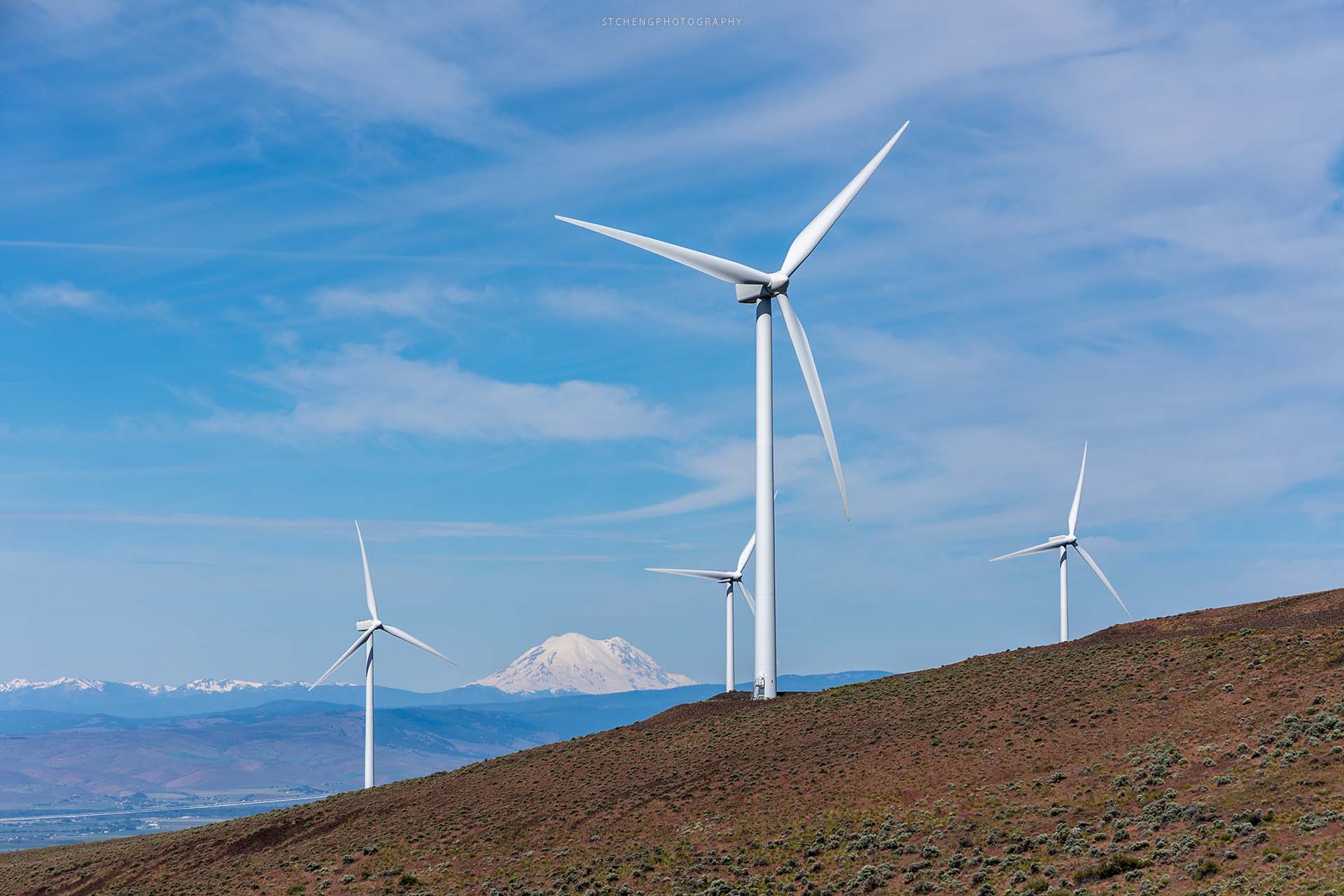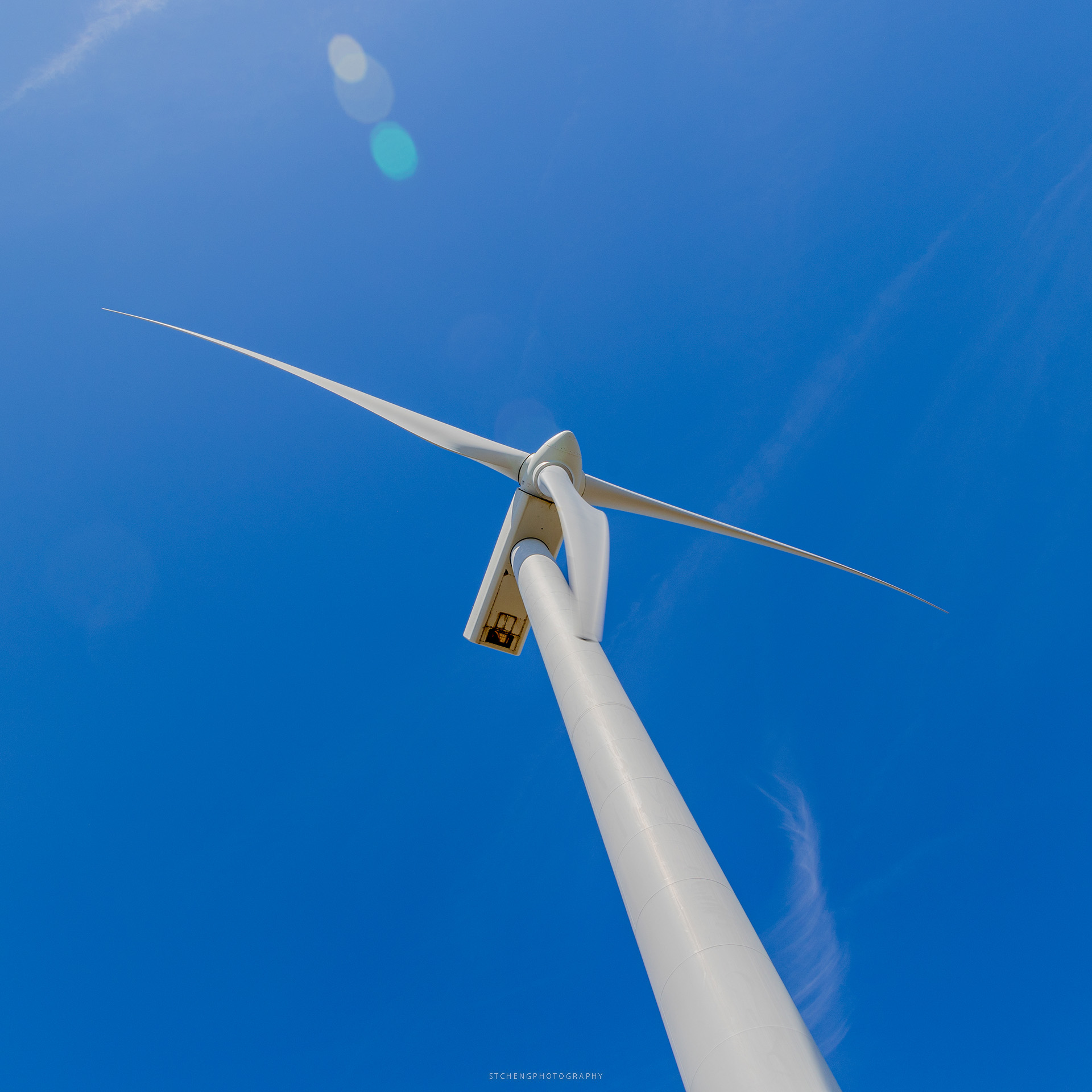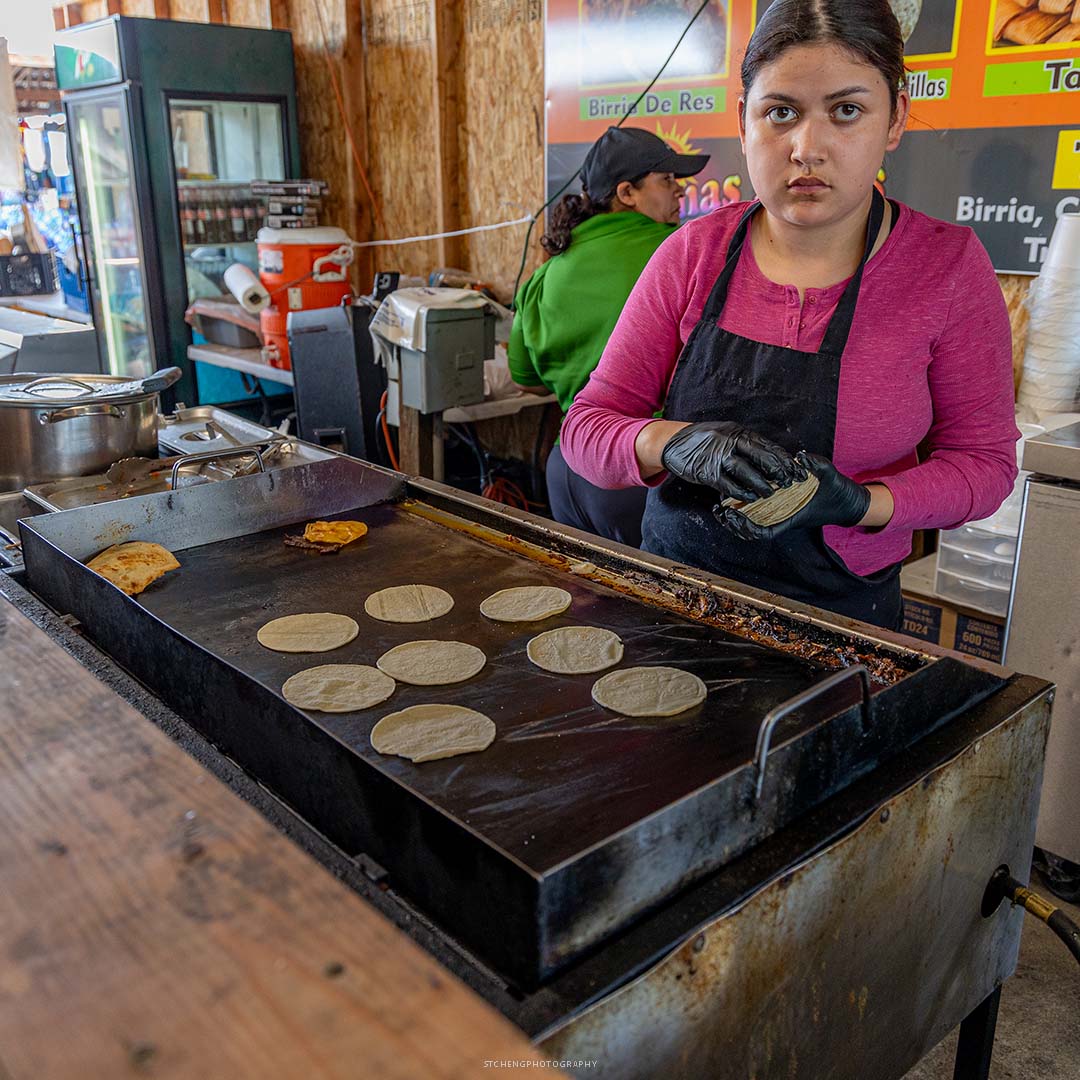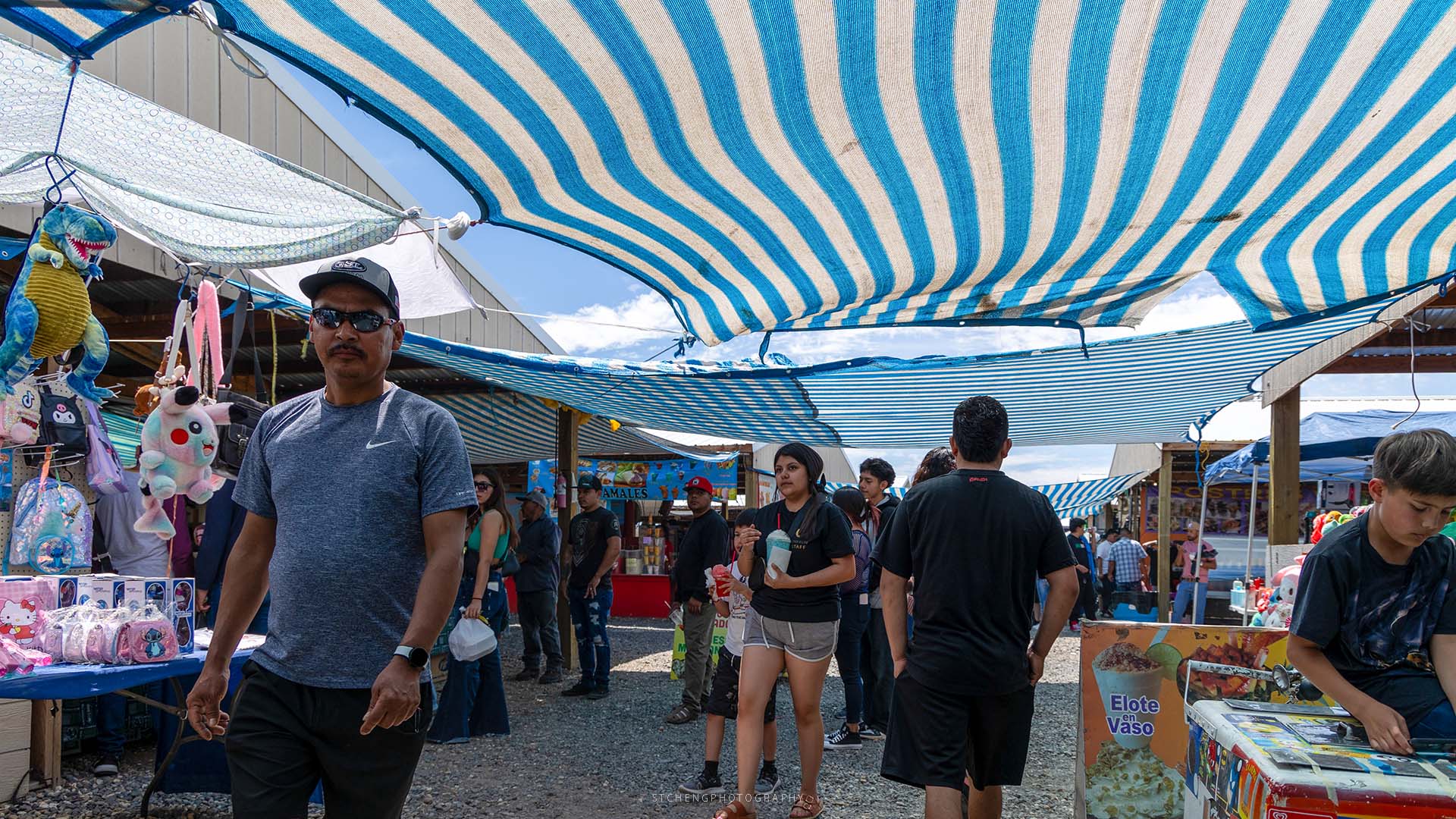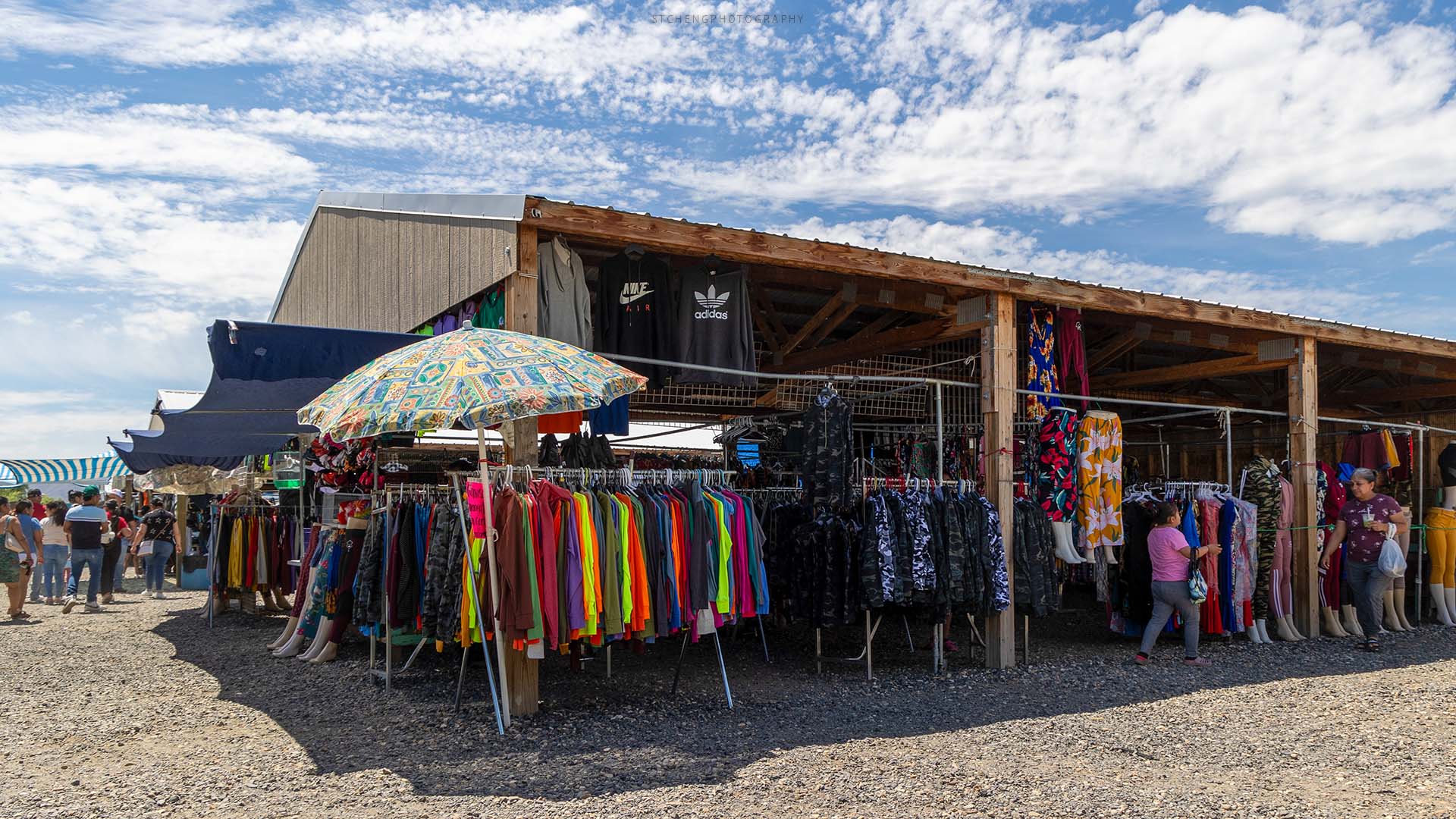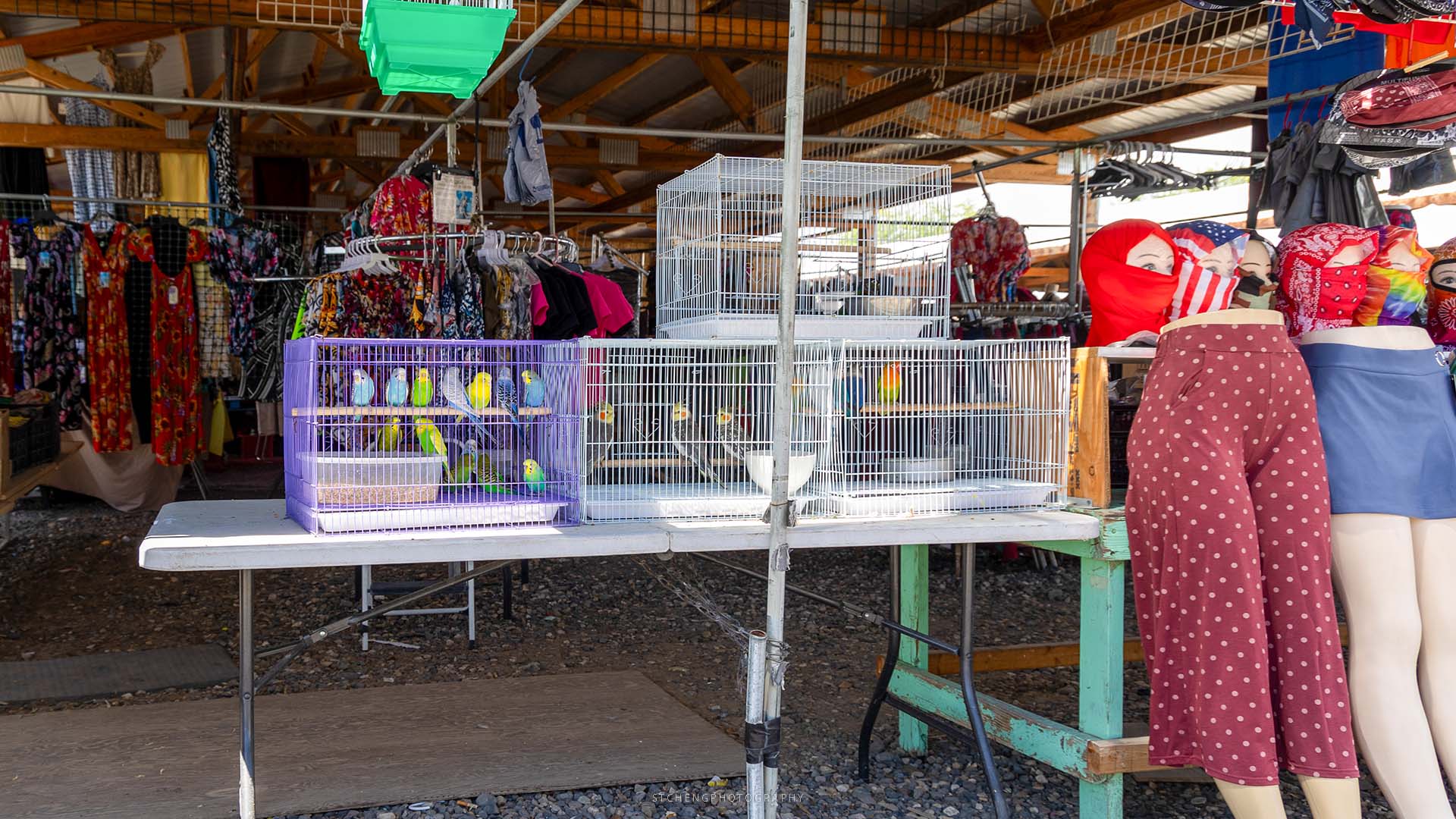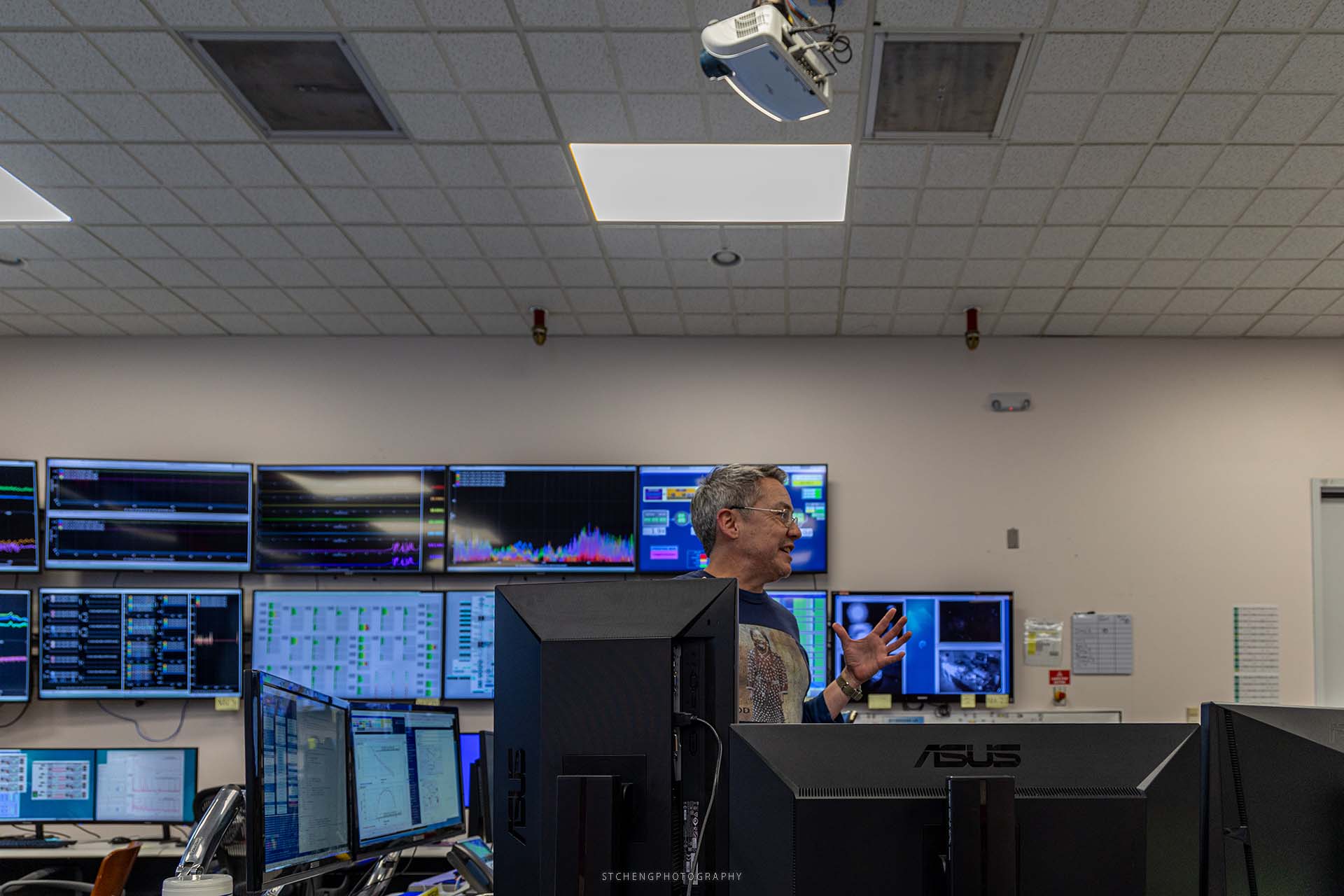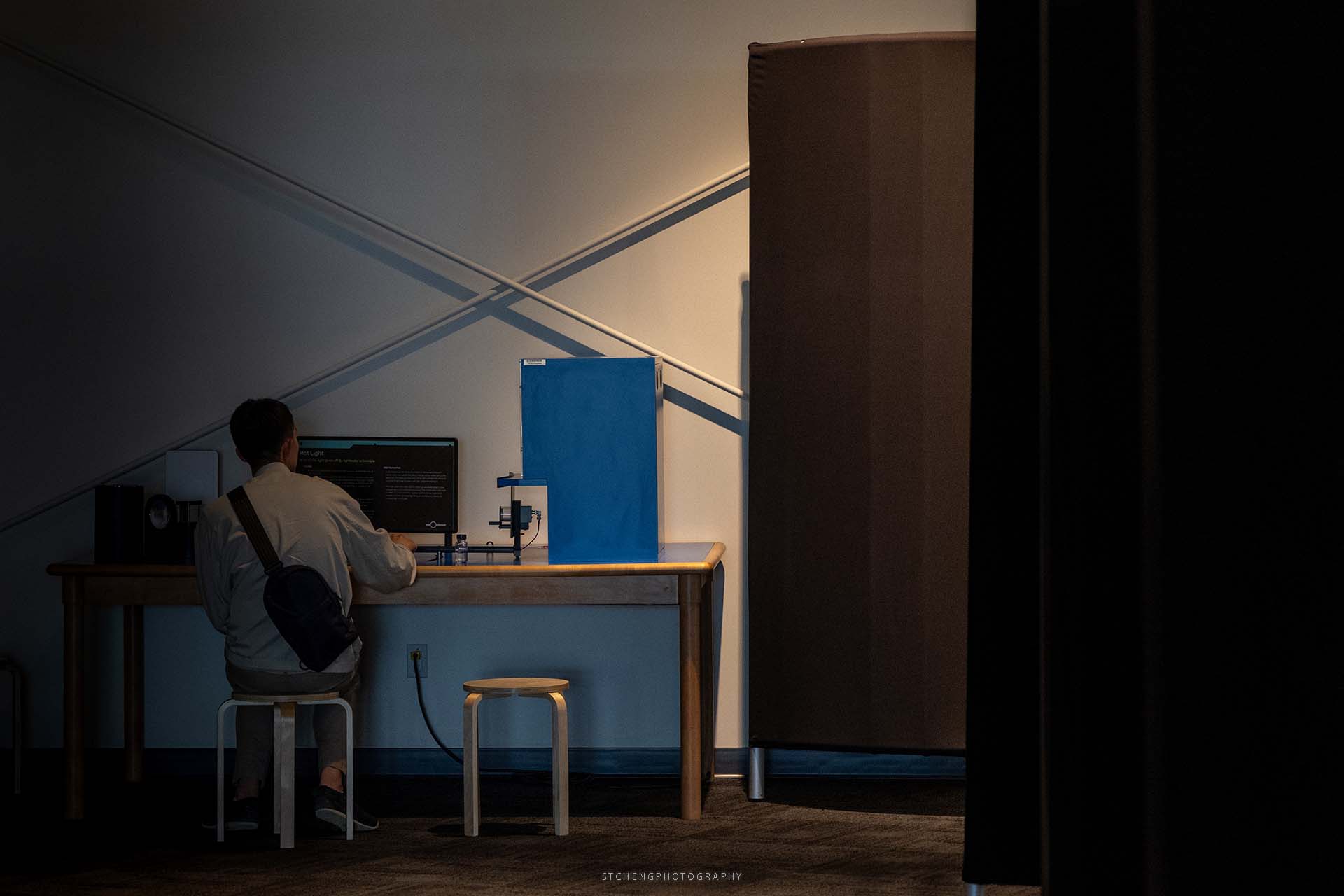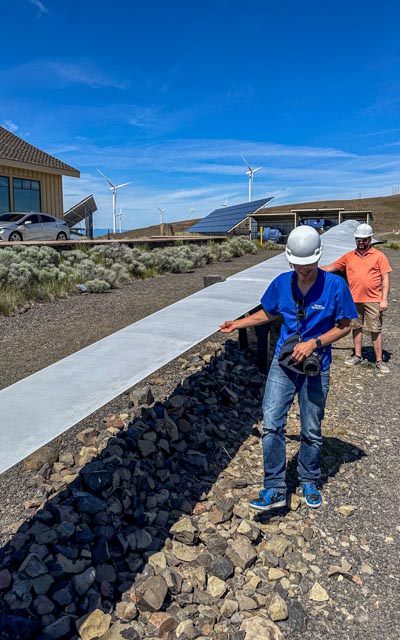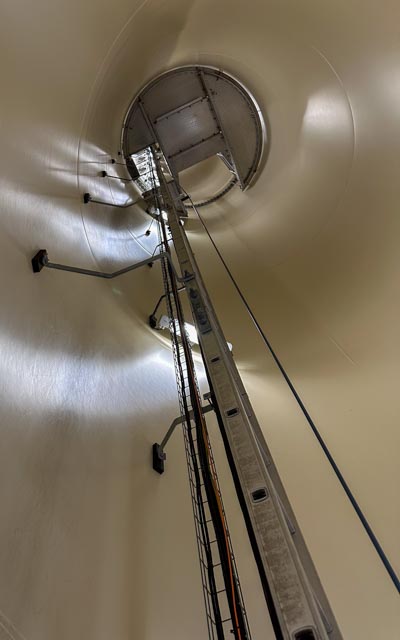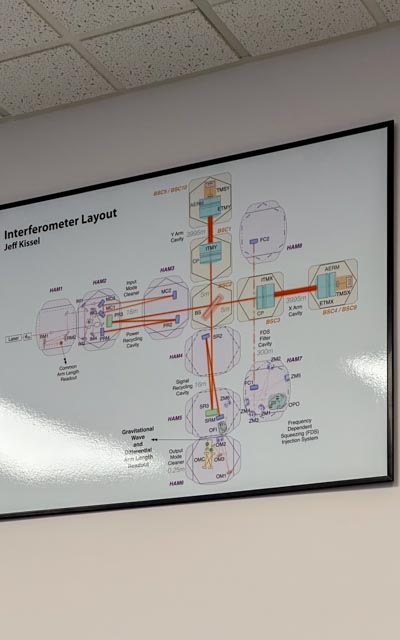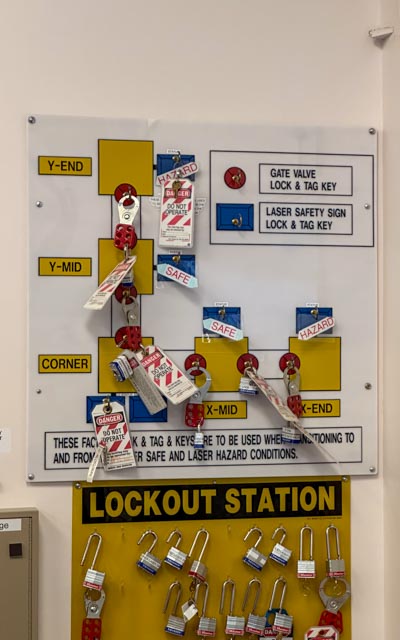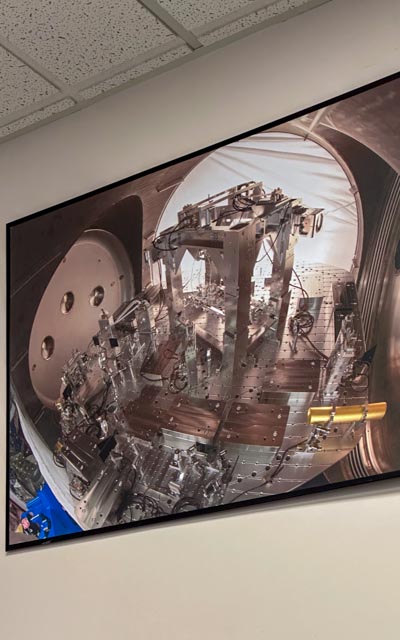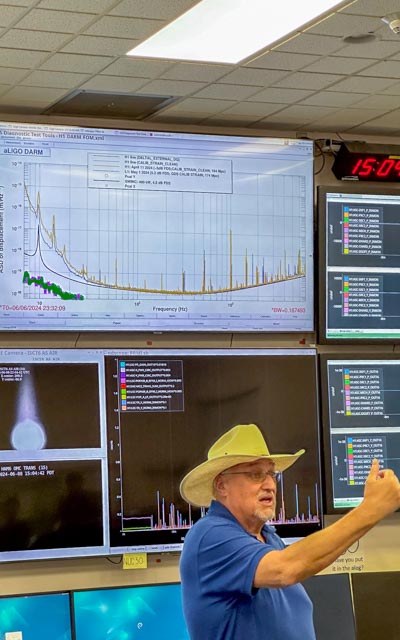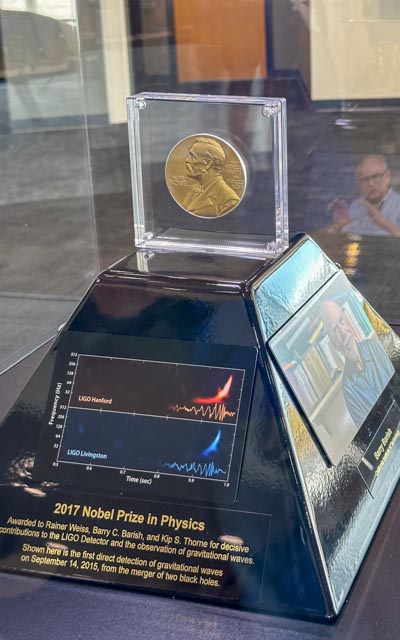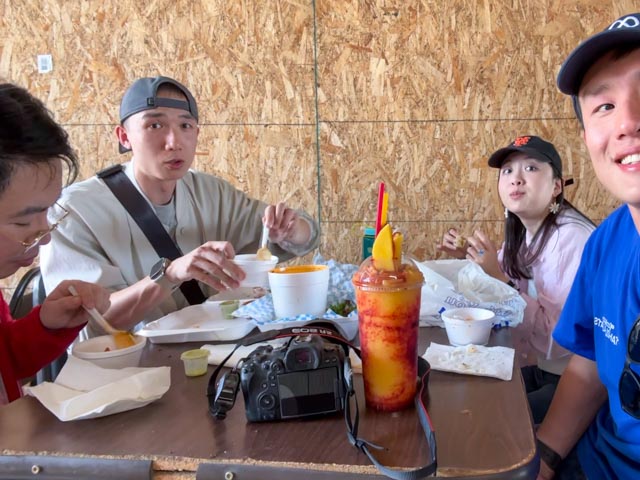The recently concluded Asian trip brought back all my childhood memories of the summer heat: the extreme temperatures, the humid air, and the cloudless sky with sunlight beaming directly down. Having lived in Seattle for 10 years, I had almost forgotten what my childhood summers were like and how I managed to endure them for 18 years!
The moment I stepped off the plane at KIX, I immediately felt a familiar sensation, akin to arriving in Hawaii, Singapore, or New Orleans—the hot and humid air. But once I left the airport, I realized I was wrong. This heat was actually different—buried deep in my memories, nearly forgotten. It was pure and relentless, offering no mercy. There was no sea breeze, no air movement from nearby hills. The air felt heavy and stagnant, making it hard to breathe. Even as I inhaled deeply, the surrounding air seemed reluctant to flow in and replenish the hollow I had just emptied. The airflow within my body, if not hotter, matched my body temperature. Exhaling offered no relief—no heat escaped, no moisture evaporated.
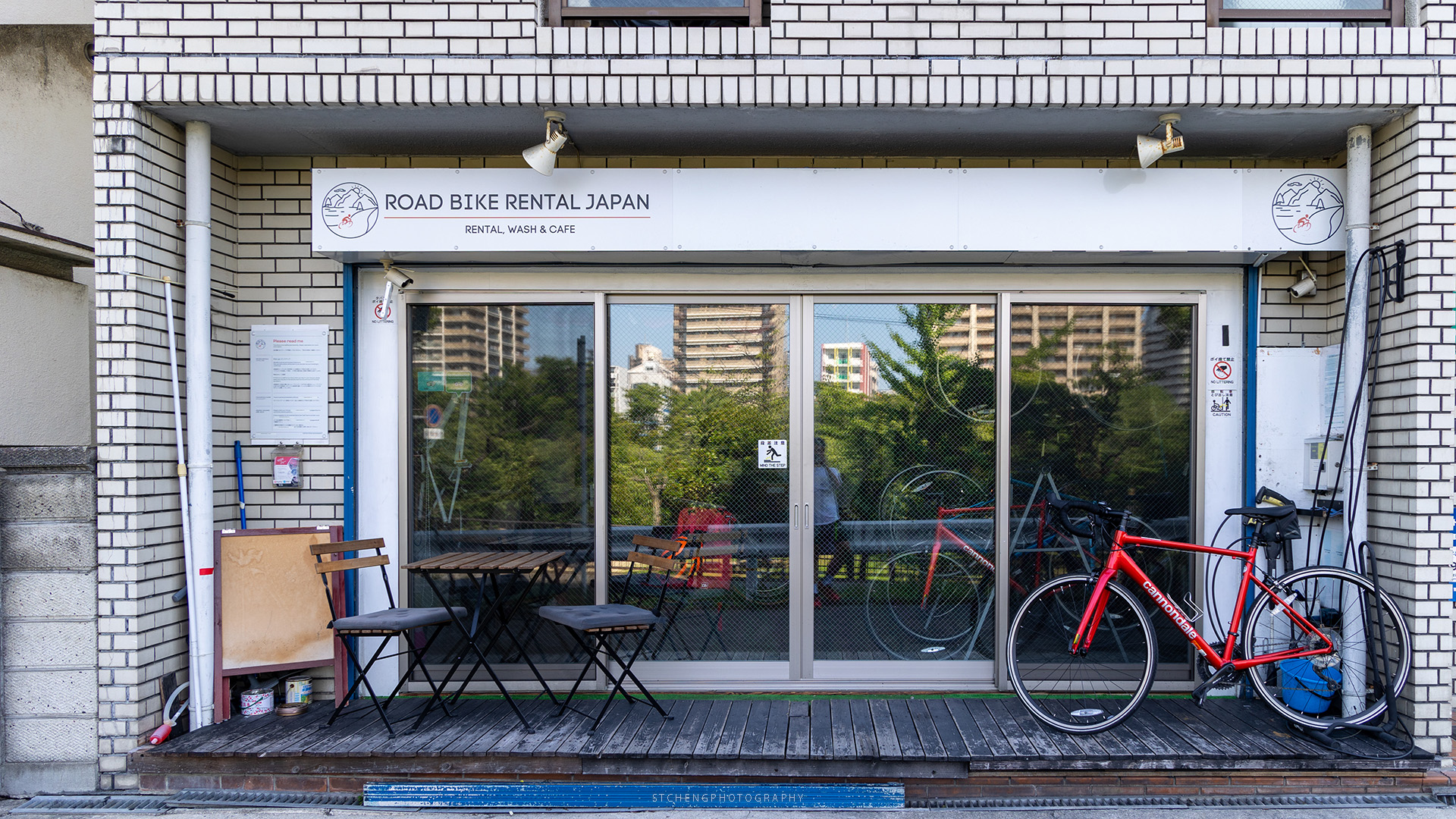
I wasn’t sure if I had made the right decision. I had rented a bike for a two-day trip from Osaka, passing through Kyoto to Lake Biwa 琵琶湖, and then back. Ever since leaving Hangzhou and Shanghai years ago, I hadn’t ridden a bike in such weather. This was also my first time cycling such a long route in Asia.
The route began at the Road Bike Rental Japan shop in Osaka and followed the Yodogawa River 淀川 and other smaller rivers toward Arashiyama 嵐山. The bike trail was well-maintained, offering two options: riding along the high bank or the lower path at the bank’s foot. On one side were sports fields filled with students training for soccer or baseball, and on the other was a lush green slope. Suddenly, the scenes I had seen in anime came to life: the vivid greens, blues, and yellows, the deafening cicadas chirping from bushes and trees offering no shade, and the succession of bridges casting fleeting shadows where I could pause, sip water, and catch my breath.
Cycling forward felt eternal. I felt as though I were exercising in a Japanese onsen. On one side was a pool of hot water, its steam adding humidity, and on the other, the door to a sauna. People came and went, briefly opening the sauna door, releasing a wave of scorching air that hit me like a wall before dissipating. Occasionally, someone leaving the onsen would open the door to the outside, letting in a brief moment of cooler air. But this relief was fleeting.
I soon understood why the rental shop owner had advised me to stop at every vending machine and convenience store to refill my water bottle and recharge myself. Over the course of two days, I found myself needing to stop and replenish my water nearly every 30 minutes to an hour. I tried almost every sports drink available and hardly needed to use the restroom along the way.
The route from Osaka to Kyoto was highly recommended—except for the season. It perfectly encapsulated rural Japan as depicted in anime, dramas, or movies. The rivers were shallow, flanked by high banks of concrete or grassy slopes. Narrow streets were lined with traditional rural houses, and the intense heat kept most people indoors. Occasionally, middle-aged women rode their mamacharis, with grocery bags tucked into the bike baskets. Children played sports or chatted in the shade under bridges. The houses and fields were small, the crops neatly arranged, and everything was remarkably clean.
All of this vanished when I reached Arashiyama. Suddenly, it felt like stepping into a theme park—crowds overflowed from sidewalks onto the main streets. Overwhelmed, I decided to skip lunch and flee the chaos, heading straight out of the area. I skipped visiting temples and shrines, knowing I could return another time. Instead, I sought refuge in a convenience store to escape the heat, grab a quick meal, and prepare for the second part of my journey: climbing over a hill to reach the shores of Lake Biwa.
The uphill ride was unlike anything I had ever experienced. The heat made it impossible to ride continuously. I had to stop frequently to catch my breath and wait for my heartbeat to stabilize before resuming. The view from Mount Hiei reinvigorated me, though the narrow roads and lack of dedicated bike lanes demanded caution on the downhill stretch. I eventually reached the Biwa Lake round road and rode to a J-Hoppers hostel, eager for rest. While only part of the route followed the lakeshore, that section was more than enough to soothe me. The vast lake and its gentle breeze welcomed me as I arrived.
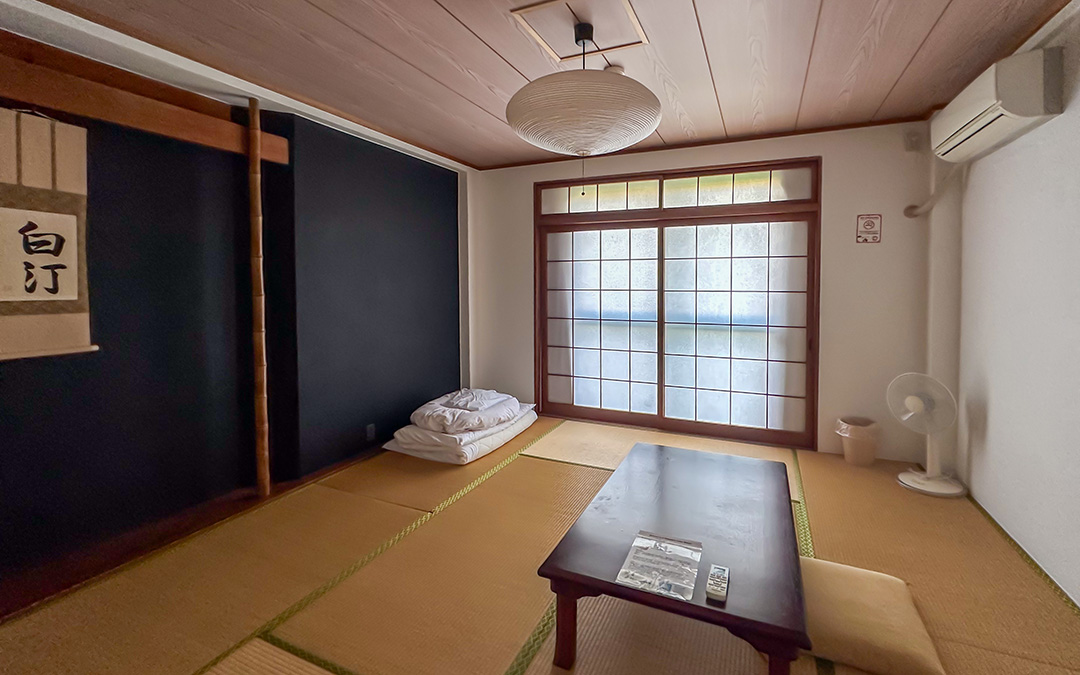
The hostel had a traditional Japanese-style room clearly aimed at backpackers, particularly foreigners. Young travelers worked and stayed there, experiencing a gap time immersed in Japanese culture. The room was clean, with a fan and air conditioning. A communal restroom and shower sufficed. I enjoyed a simple meal of instant noodles, a refreshing shower, a walk along the lakeside, and a sound sleep to prepare for the next day’s return journey. I planned to start early to ride as much as possible before the temperature soared.
The next morning, as I stepped outside, I felt as though I had re-entered the onsen. It was barely 6 AM. The sun had just risen, but it was already steaming up the moisture from the night, creating a dense, heavy mist. My route crossed the Biwako Bridge and followed the other side of Lake Biwa to Otsu. This segment was much more enjoyable, with dedicated bike lanes and signs for the Biwa Ichigo route, encouraging cyclists to ride clockwise around the lake.
In Uji, I stopped at a matcha museum to pick up souvenirs. But when I resumed my journey back to Osaka, I mistakenly took the wrong route. I found myself climbing another mountain, realizing it too late. As the saying goes, detours often lead to unexpected discoveries — I stumbled upon a renowned ramen restaurant, 俺のラーメンあっぱれ屋, celebrated as one of the best in the Kyoto area.
I waited over an hour for my meal—the longest I’d ever waited for food. Run by a couple, the man handled all the cooking, while the woman managed orders and cleaning. The ramen’s creamy, rich broth, done by a blender, left a strong impression, as did the distinctive white pepper oil. The meal reinvigorated me, and I managed to push through the heat for the final stretch back to Osaka. Drafting behind another cyclist for part of the way helped me conserve energy, though I didn’t get a chance to thank them before they disappeared into the city.
Back at the rental shop, the owner shared his story of settling in Japan and starting his business. It was fascinating to hear about a westerner embracing life in East Asia. His business seemed to be thriving, with new branches opening. I hoped the cycling trend catching on in China would extend to Japan, boosting his success.
Despite the intense heat, I was happy with this first experience of cycling in Japan. I’ve been following a cyclist girl on Strava who lives in Osaka and regularly rides over 100 miles on weekends—it’s mind-blowing. Completing BiwaIchi is now a must-do on my list. Although city cycling wasn’t as smooth as I had hoped—narrow streets and limited bike lanes made it challenging — the Osaka-Kyoto trail was a highlight. I’d love to ride it again with friends, but definitely not in summer. It was far more enjoyable than simply taking the train!
